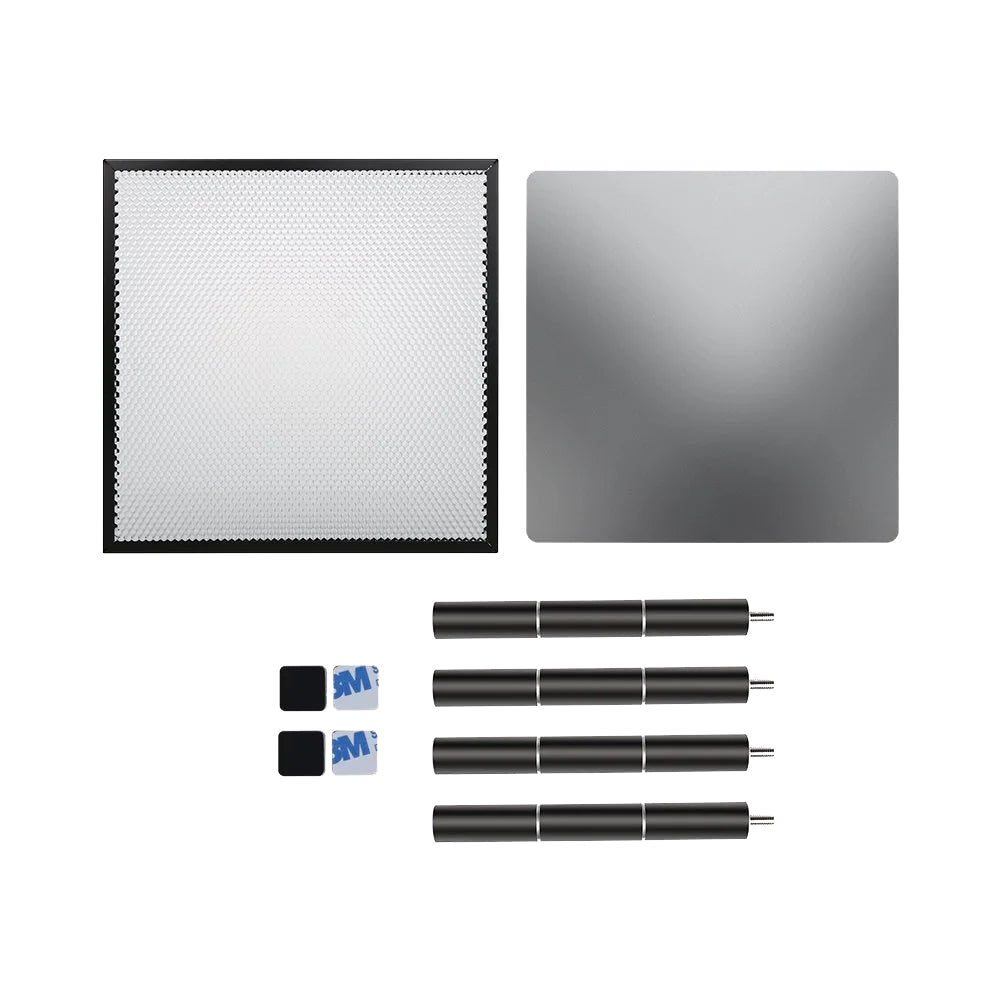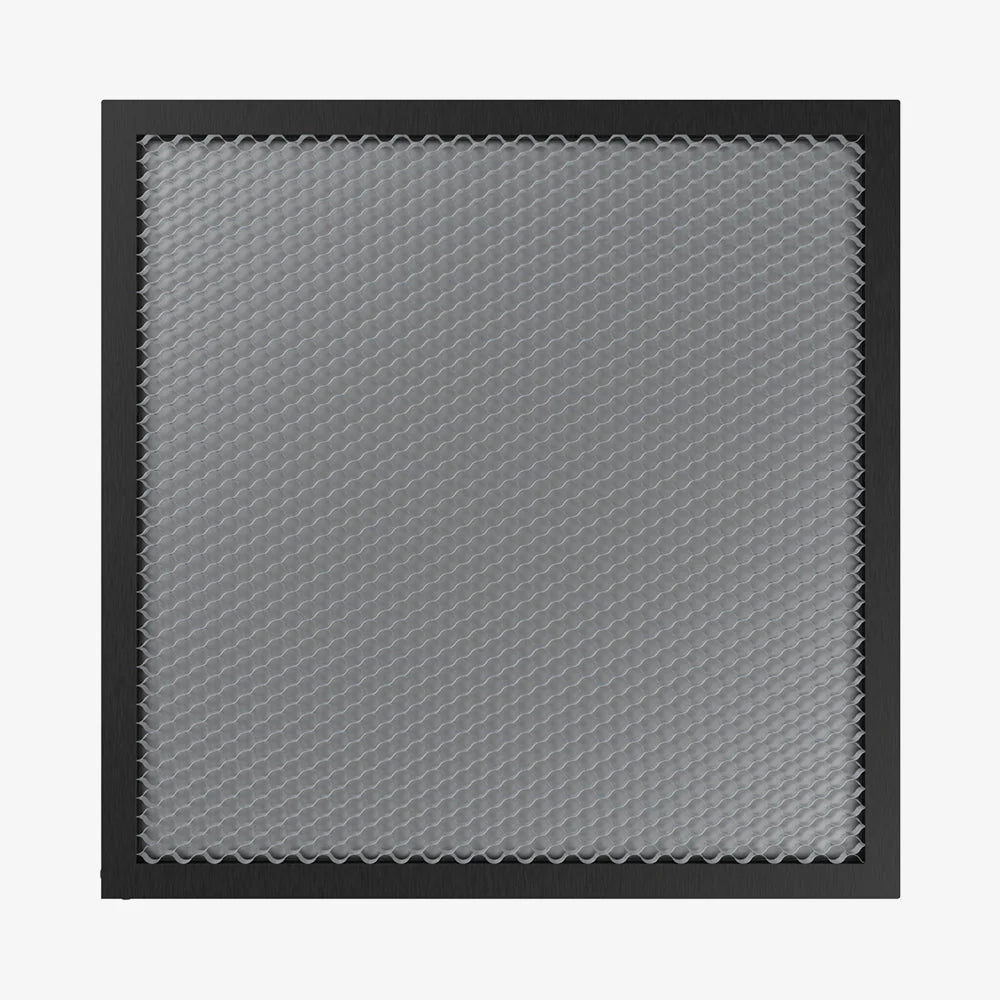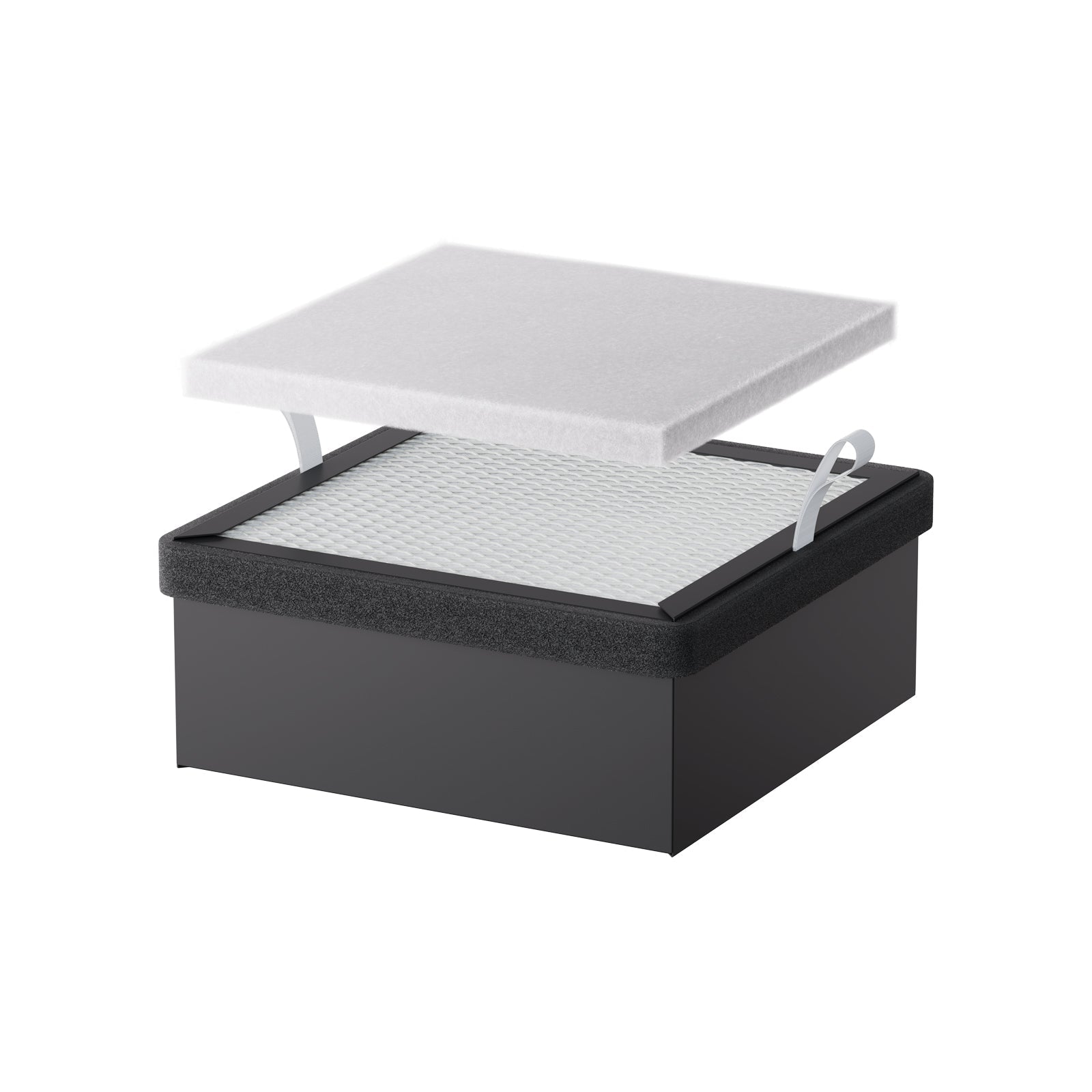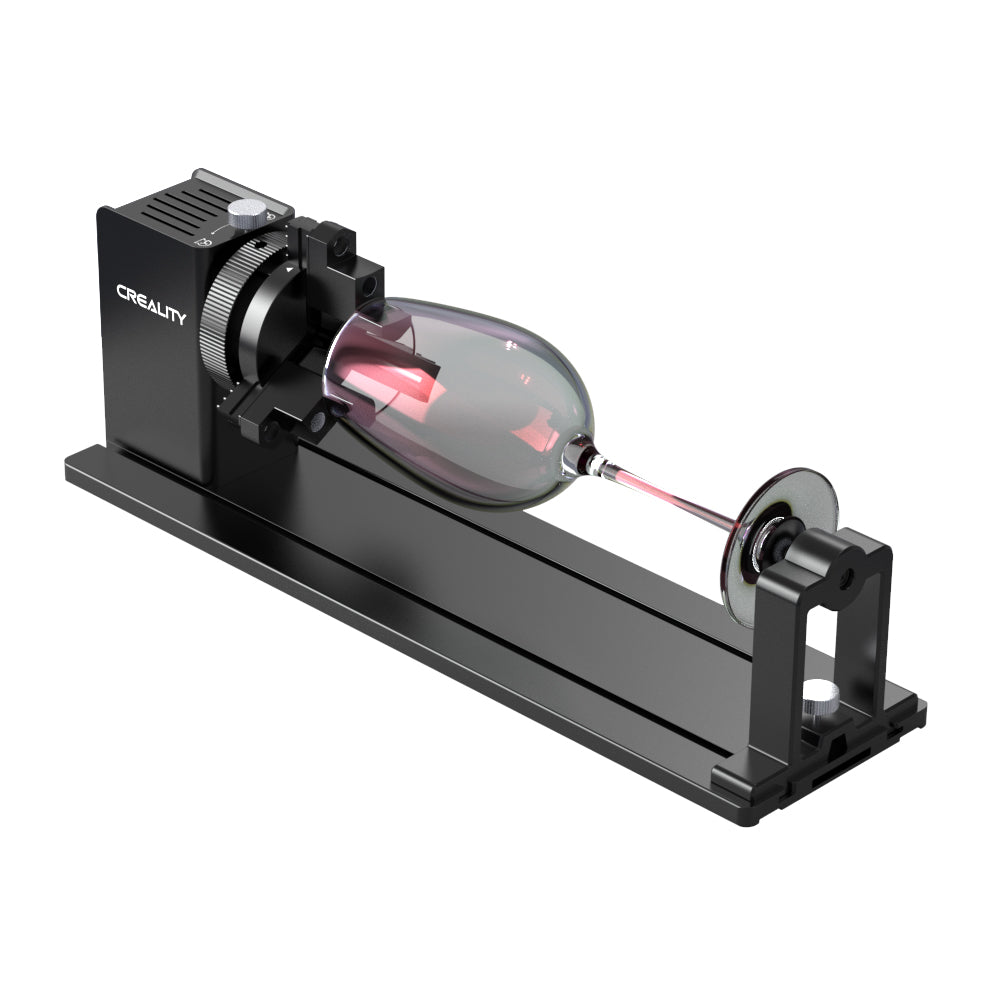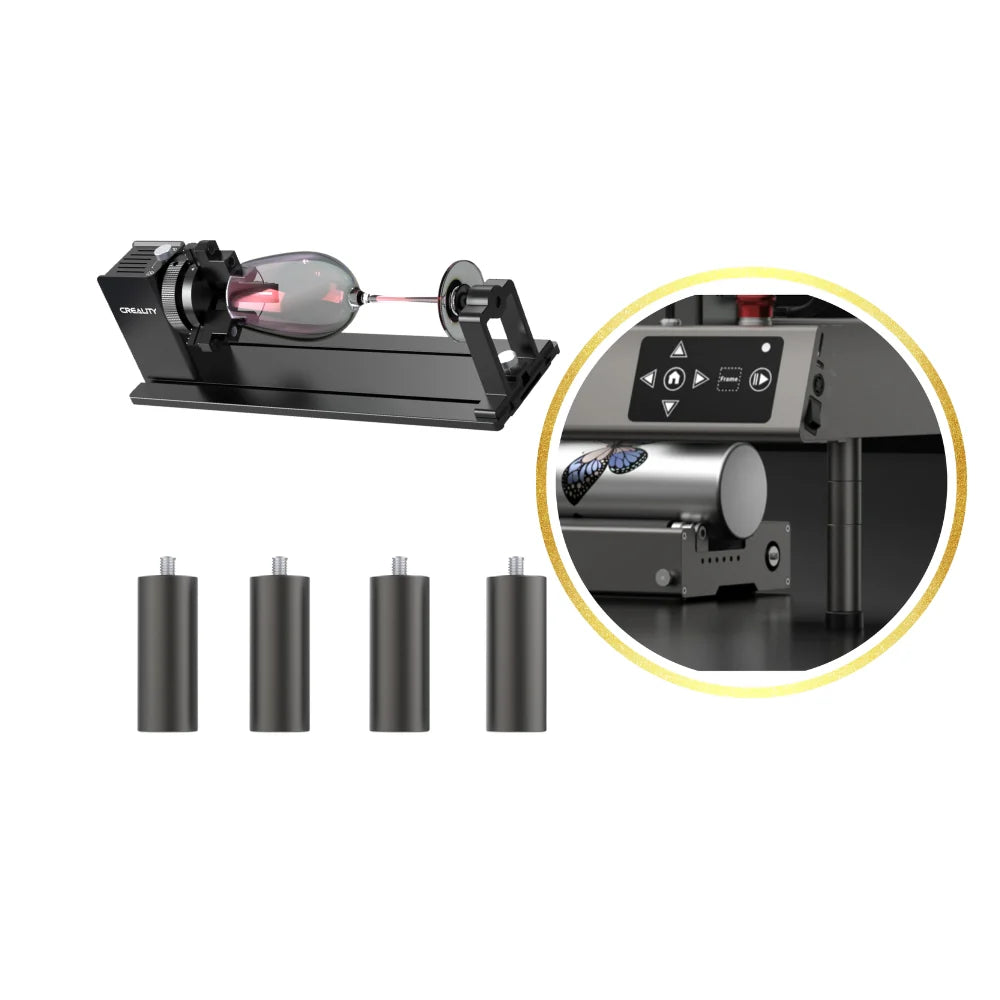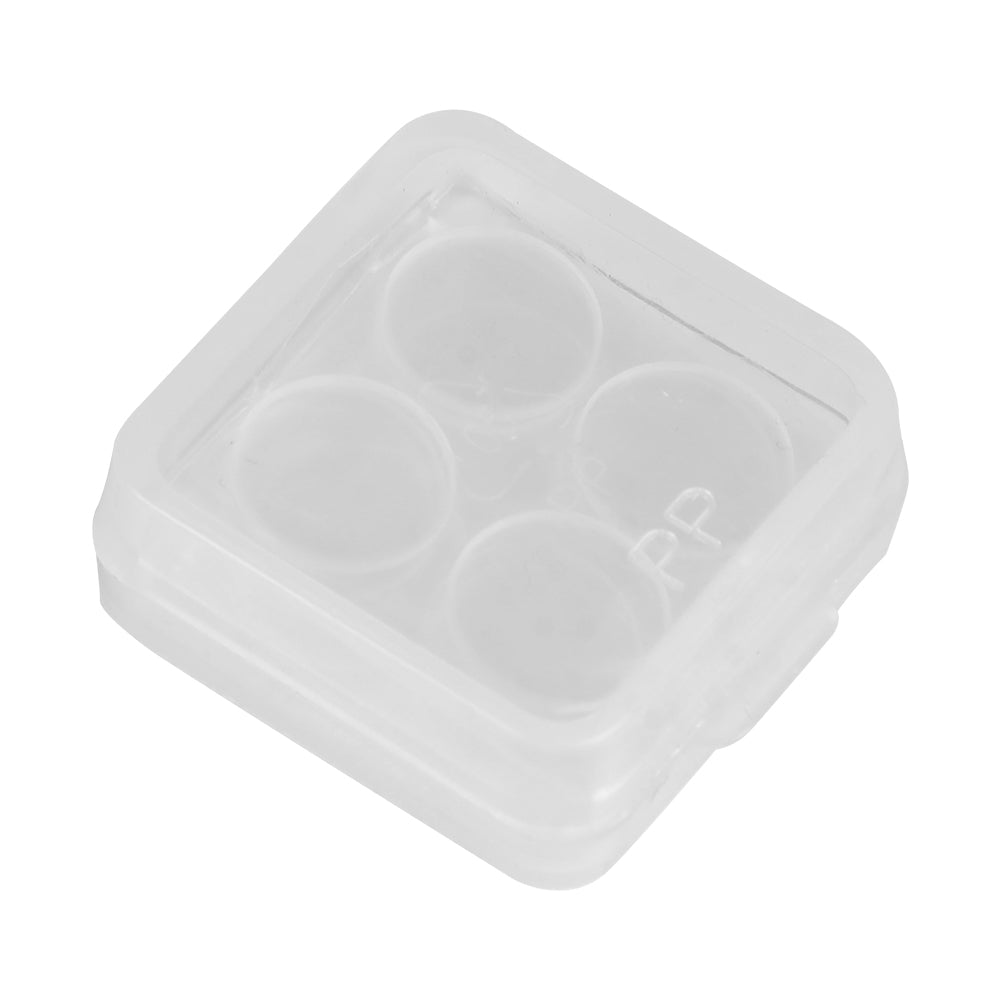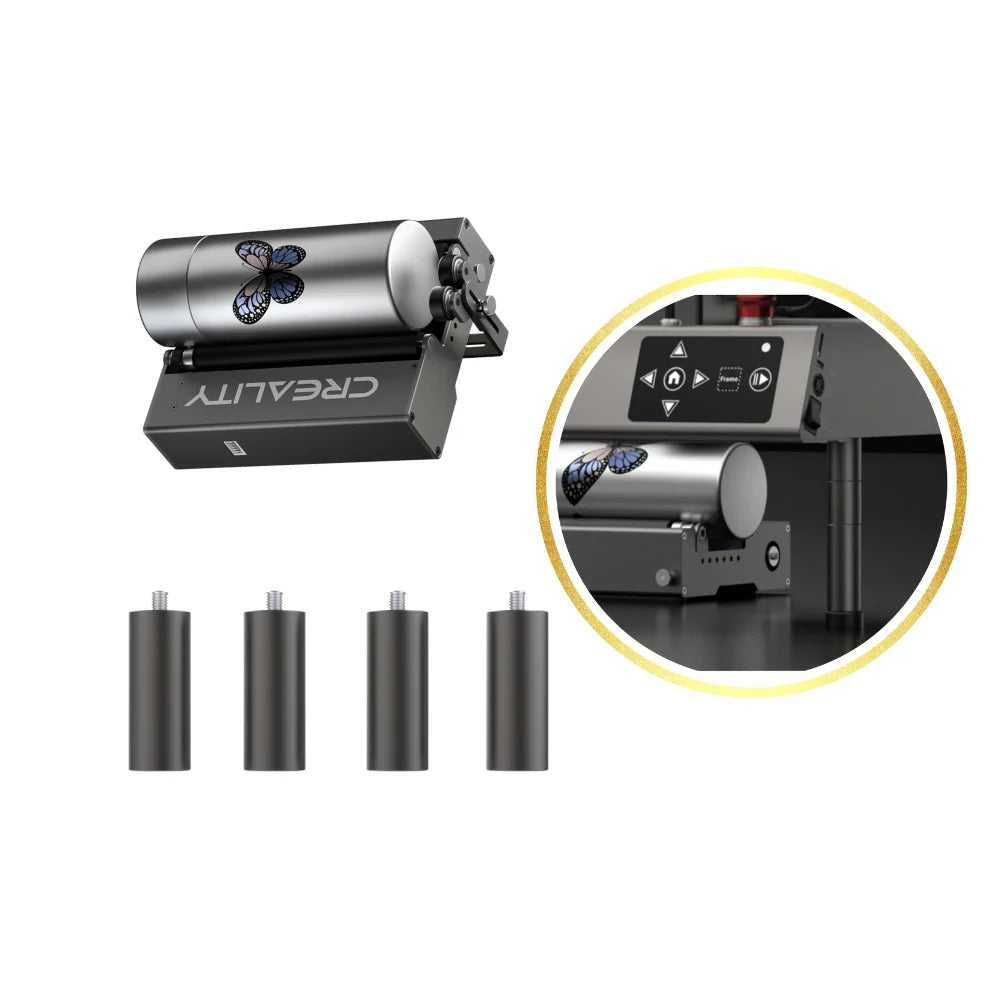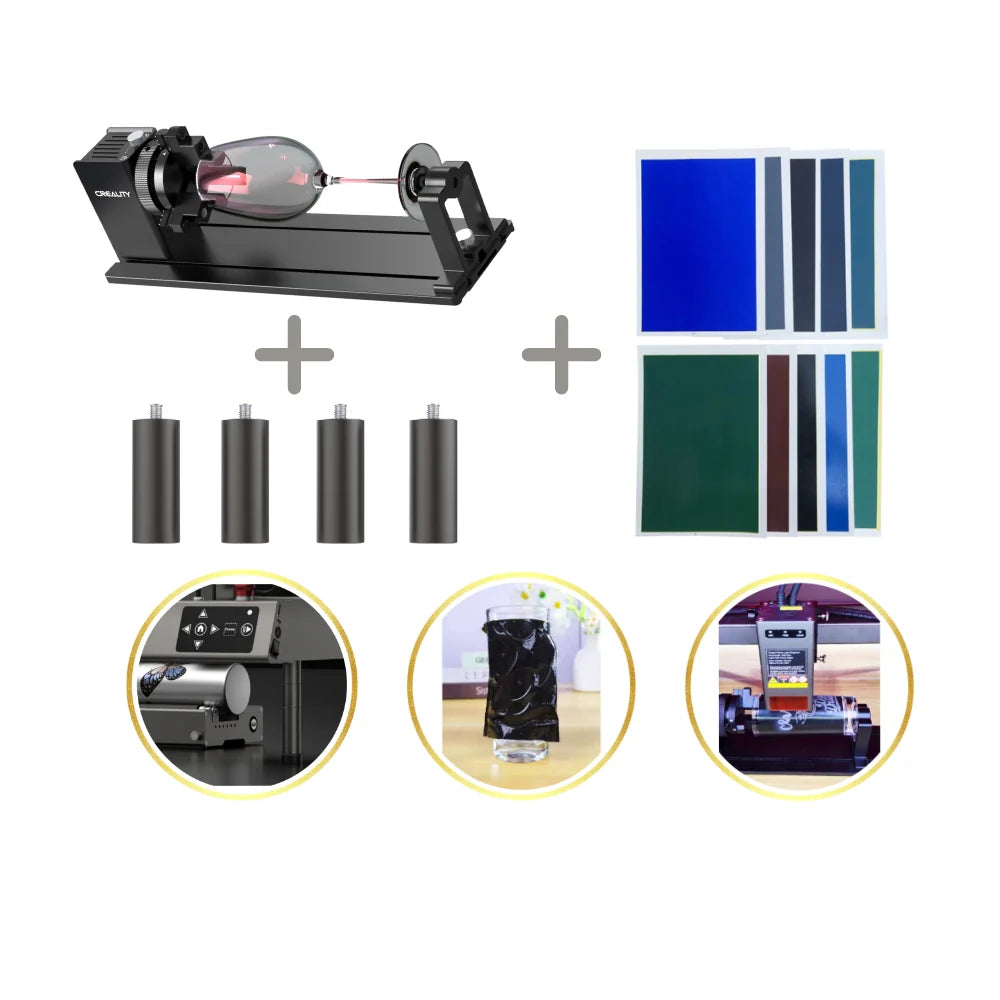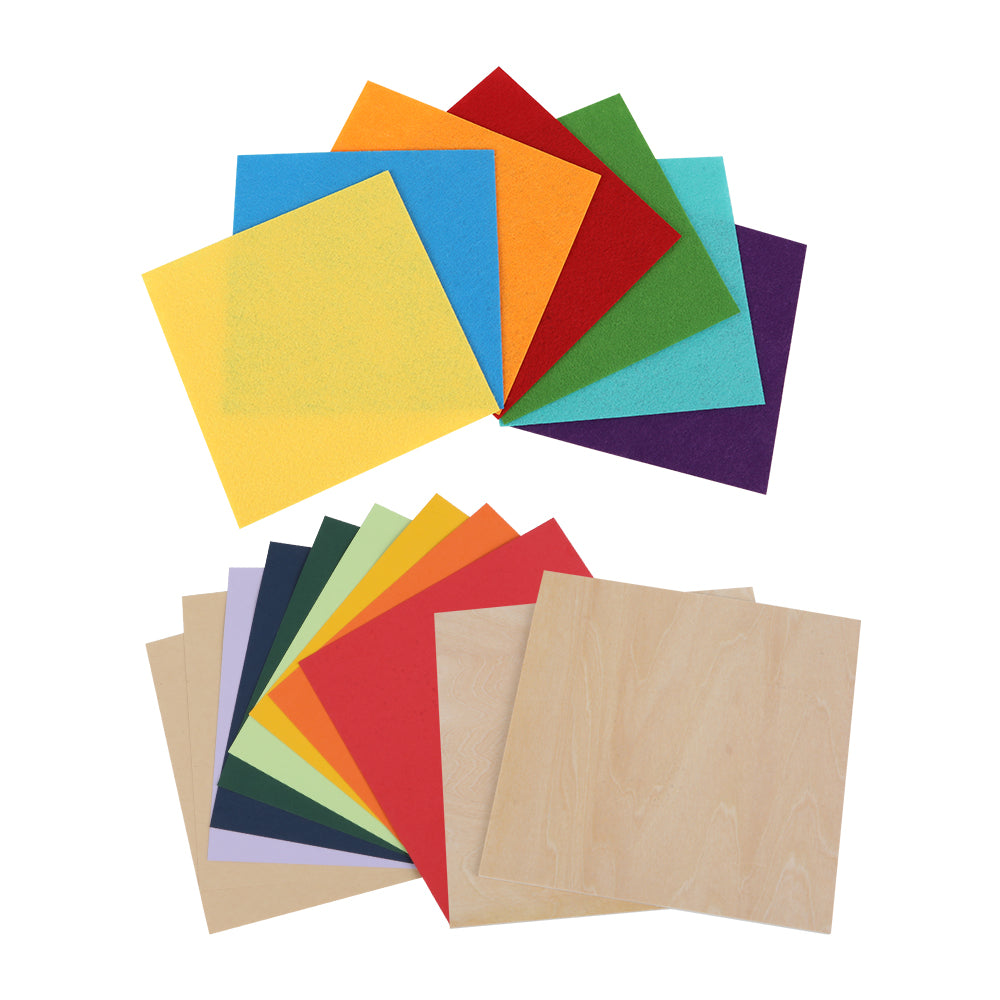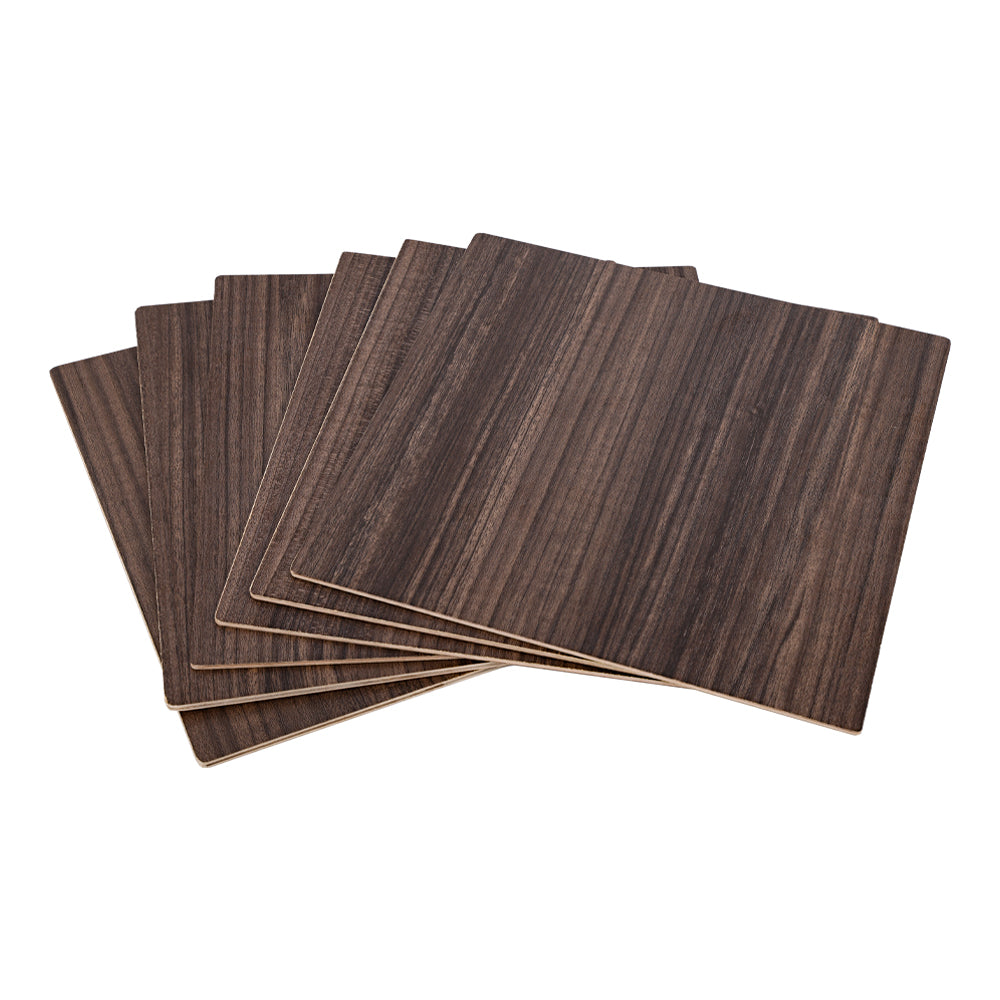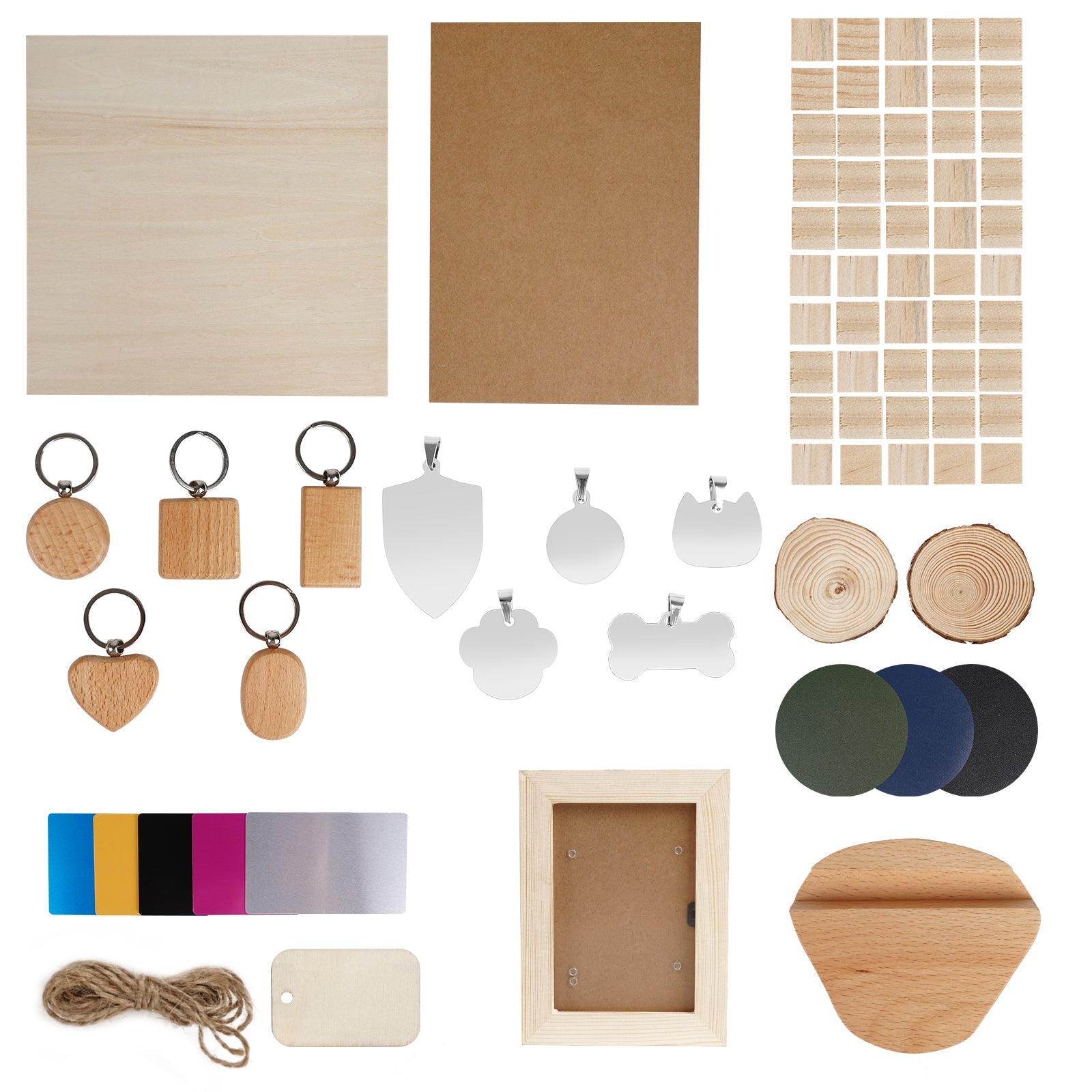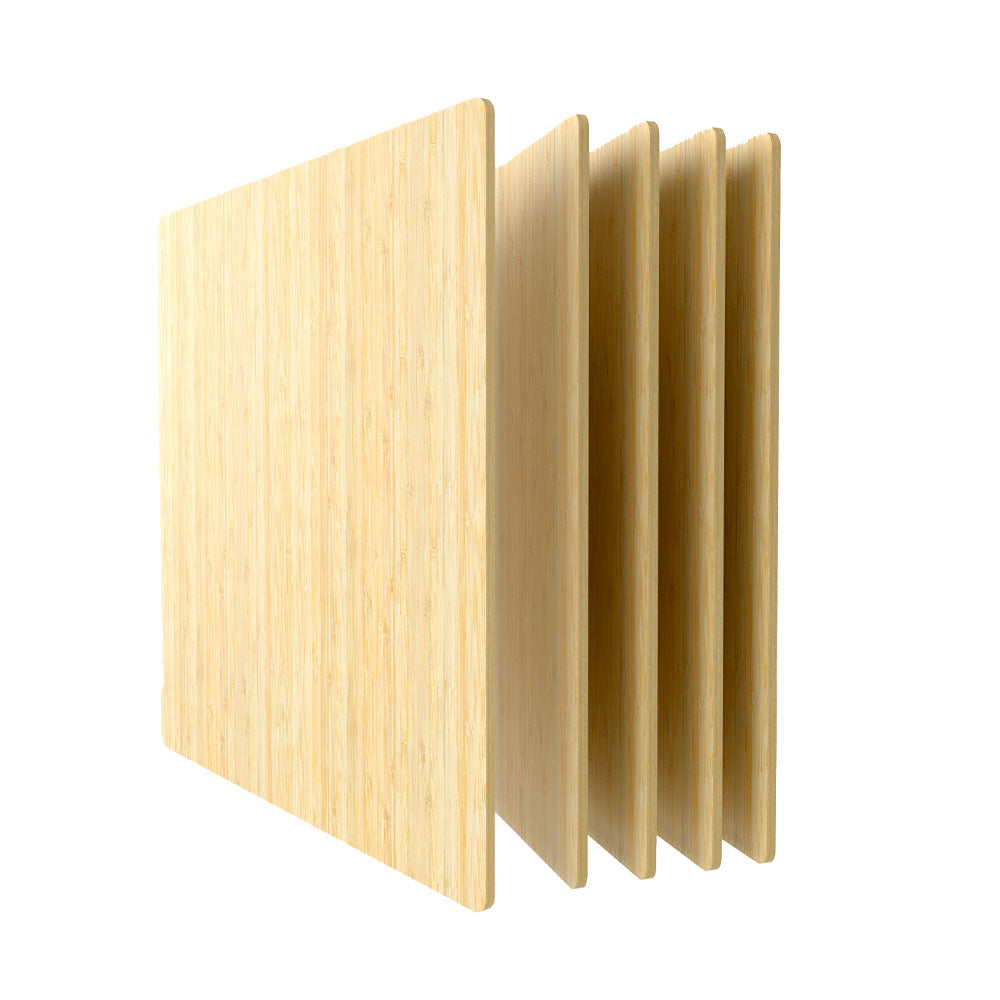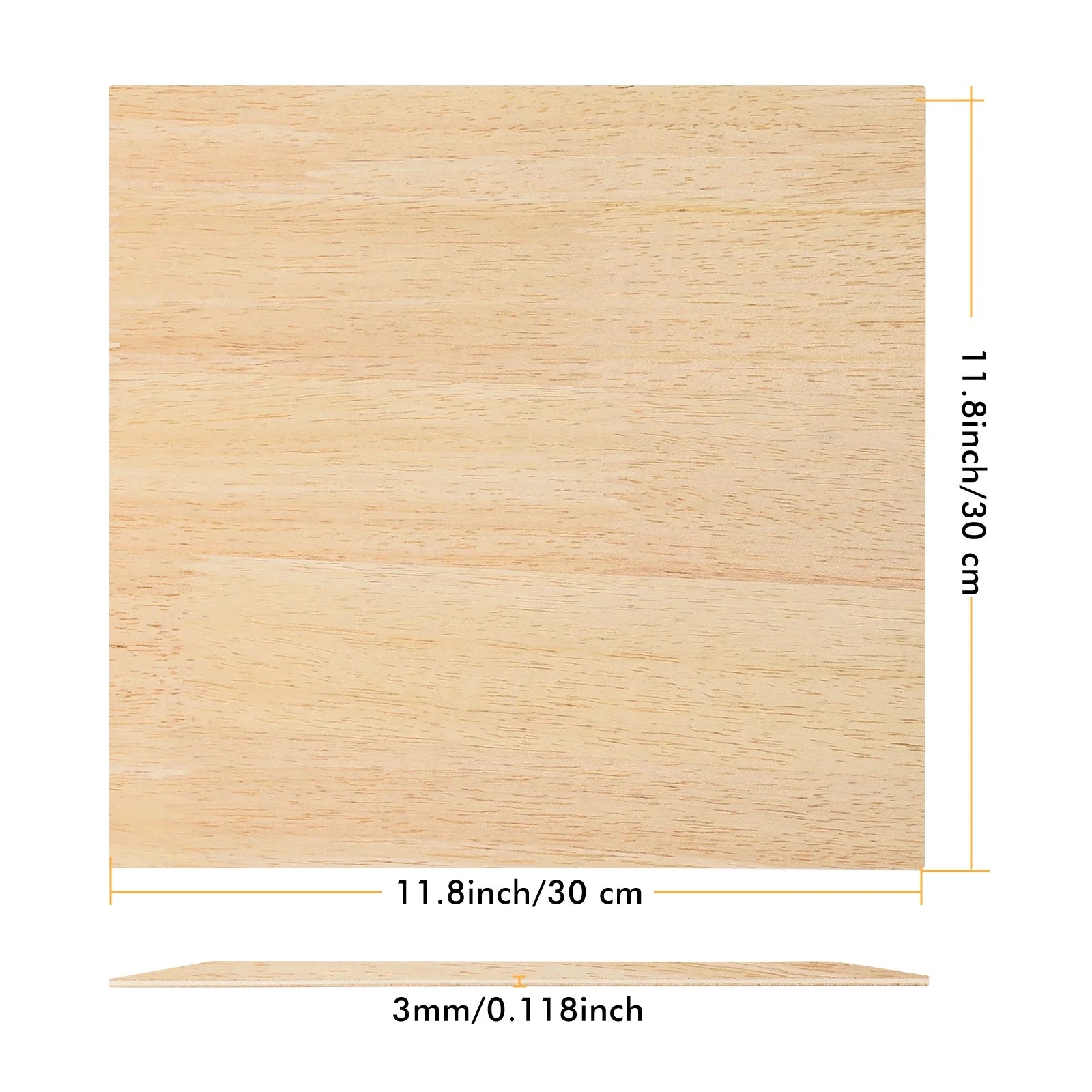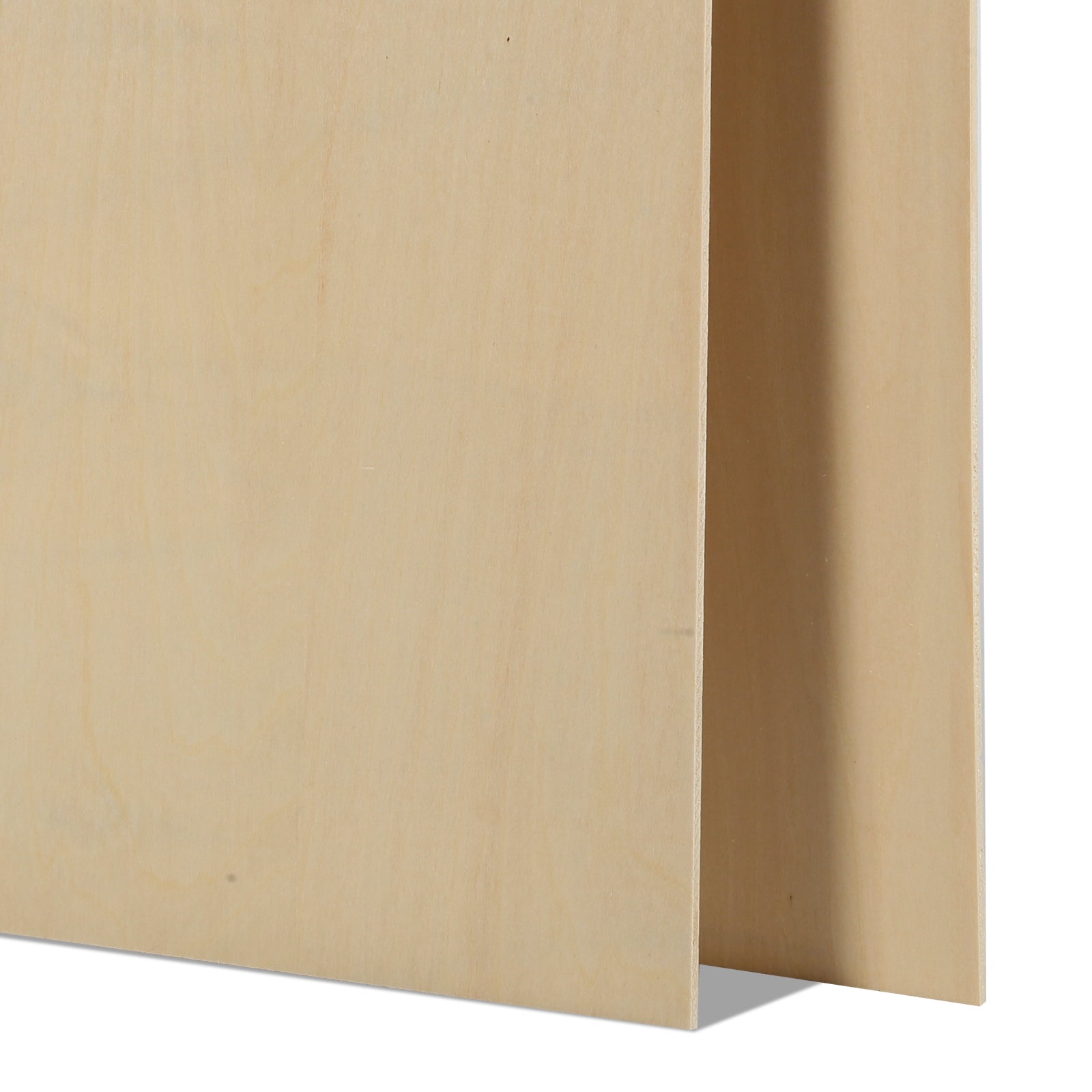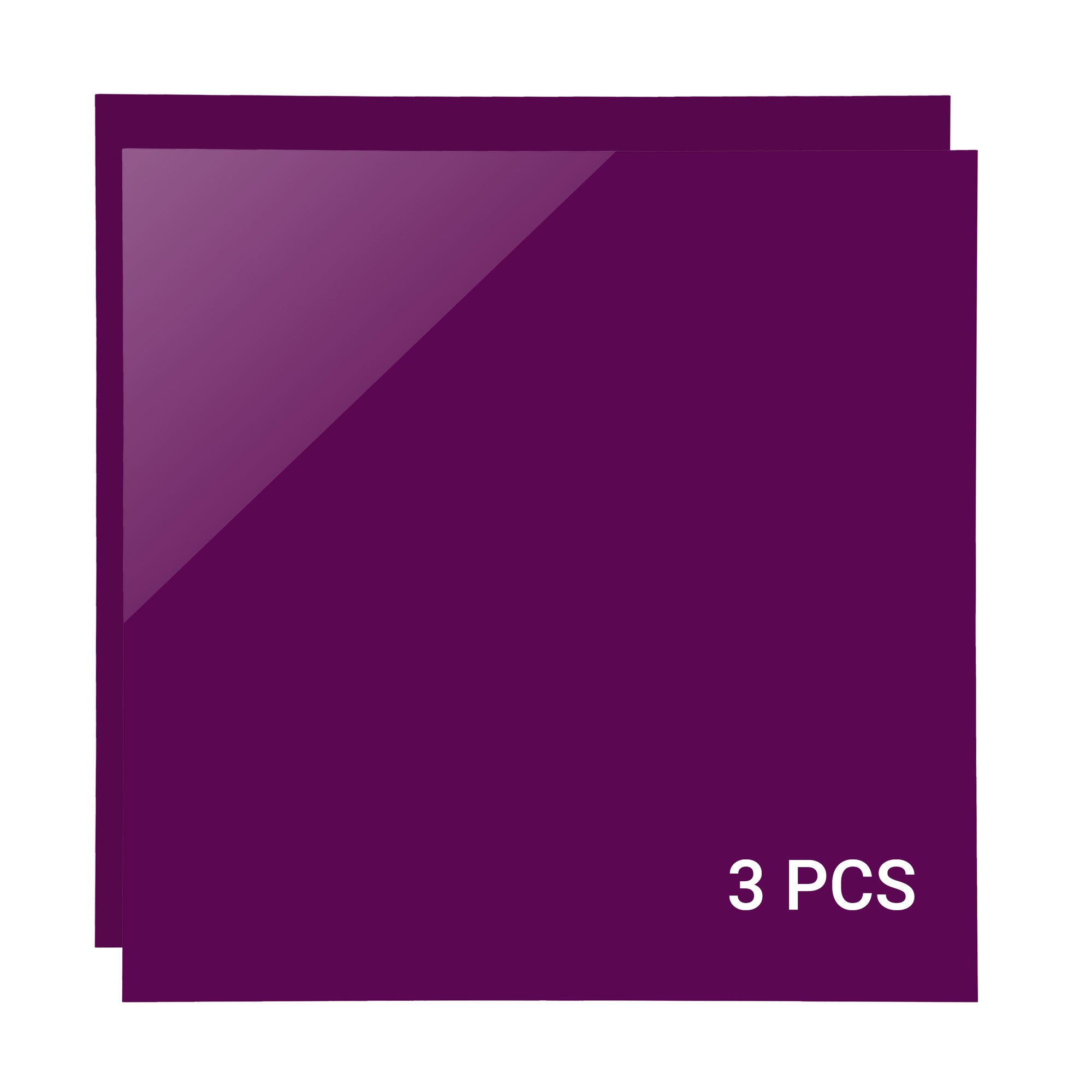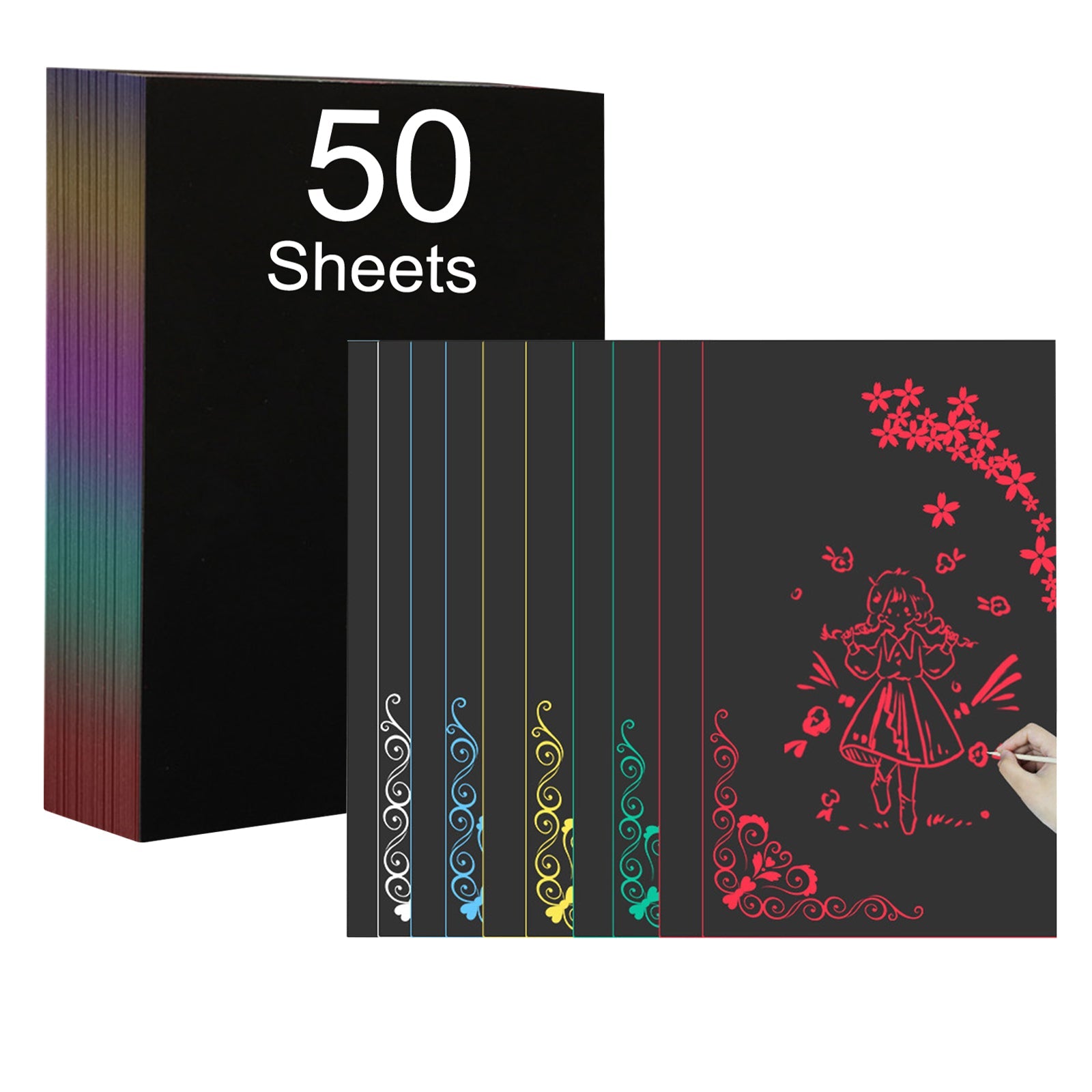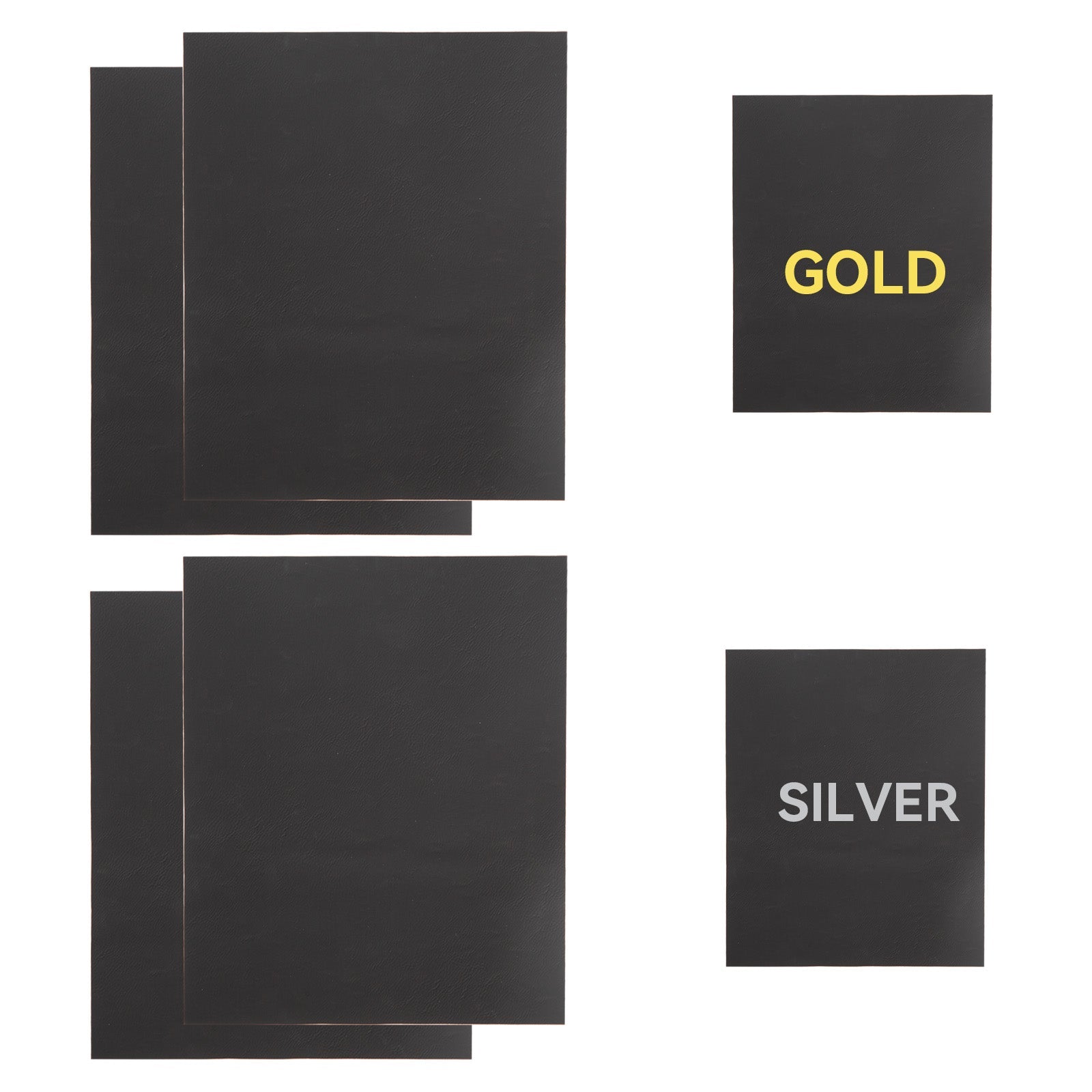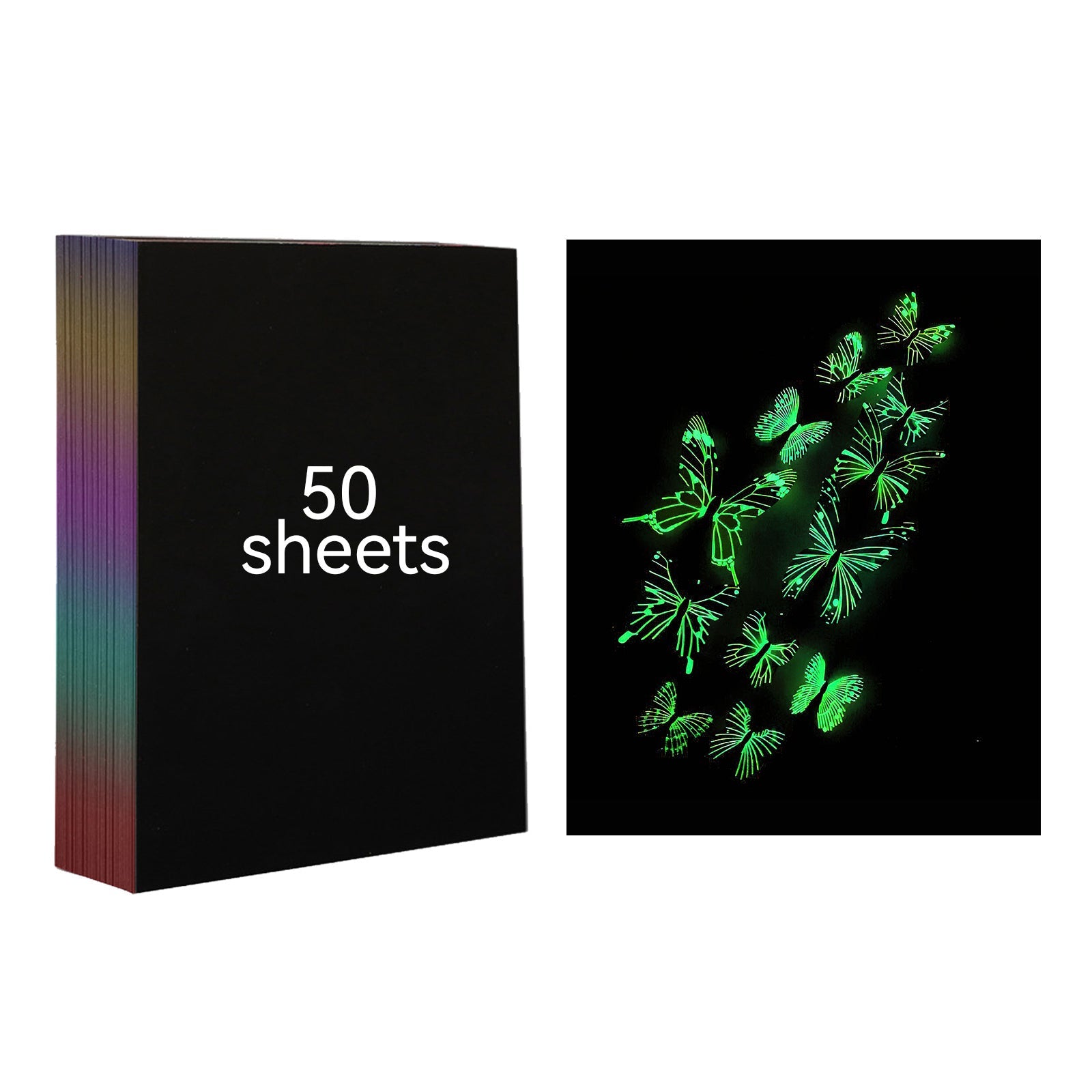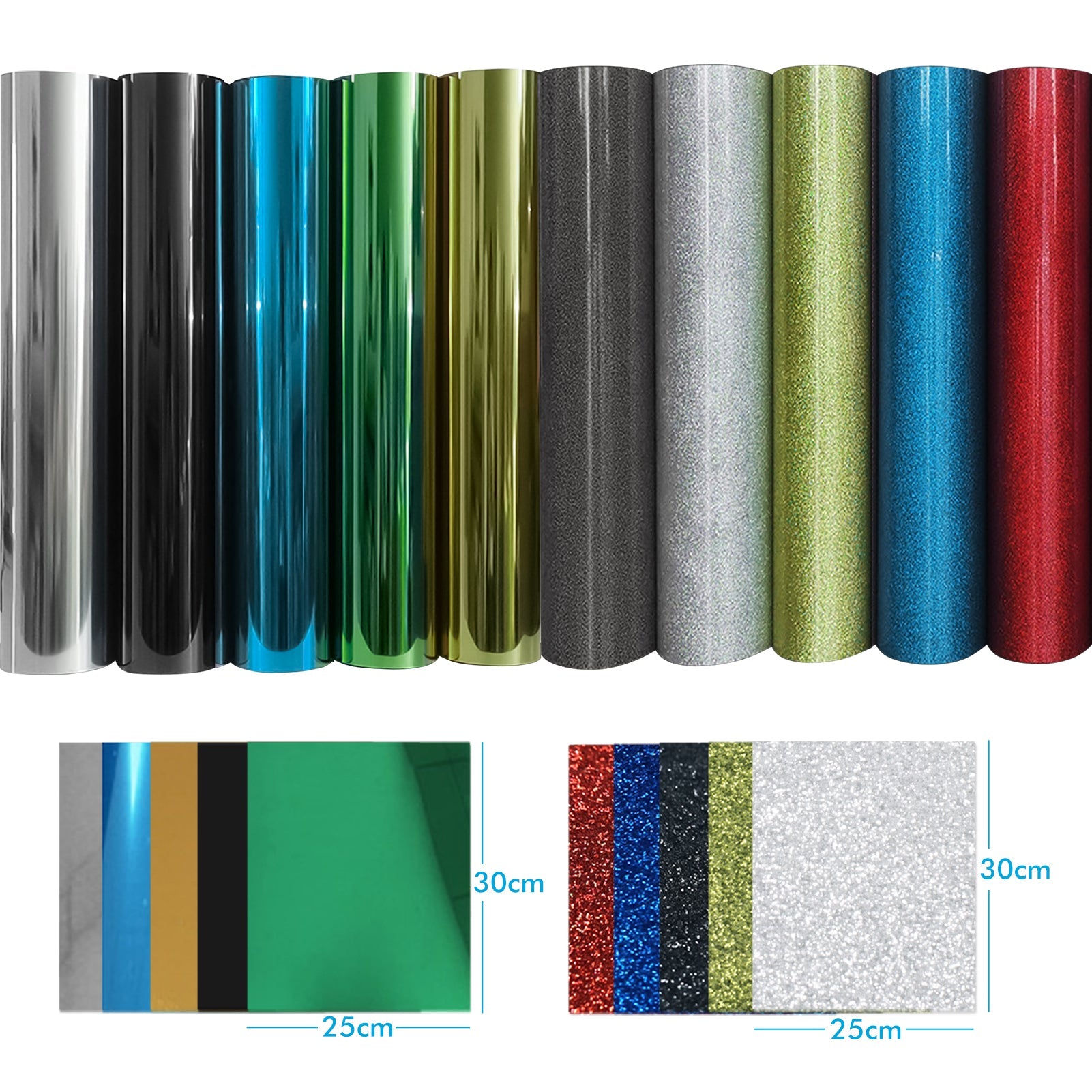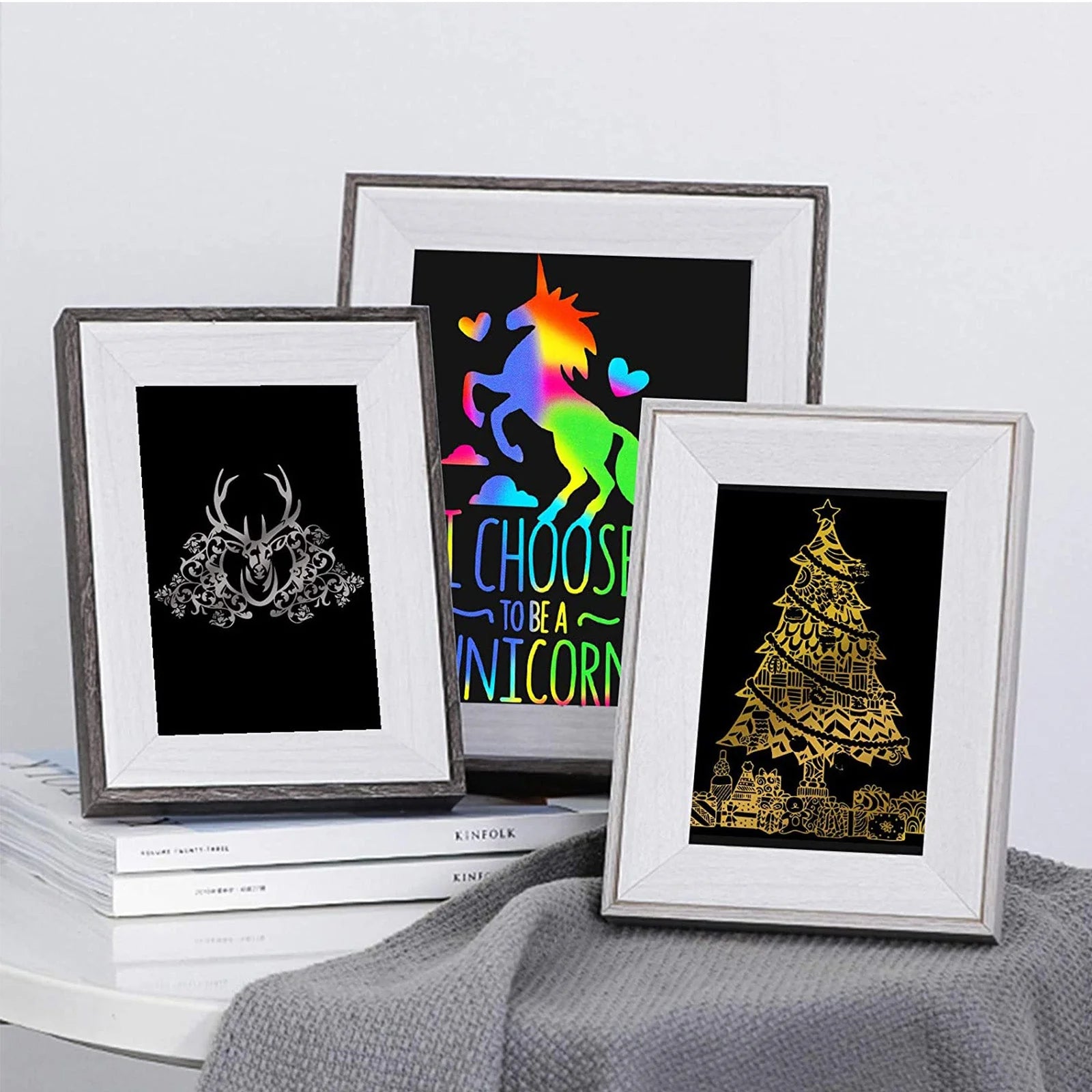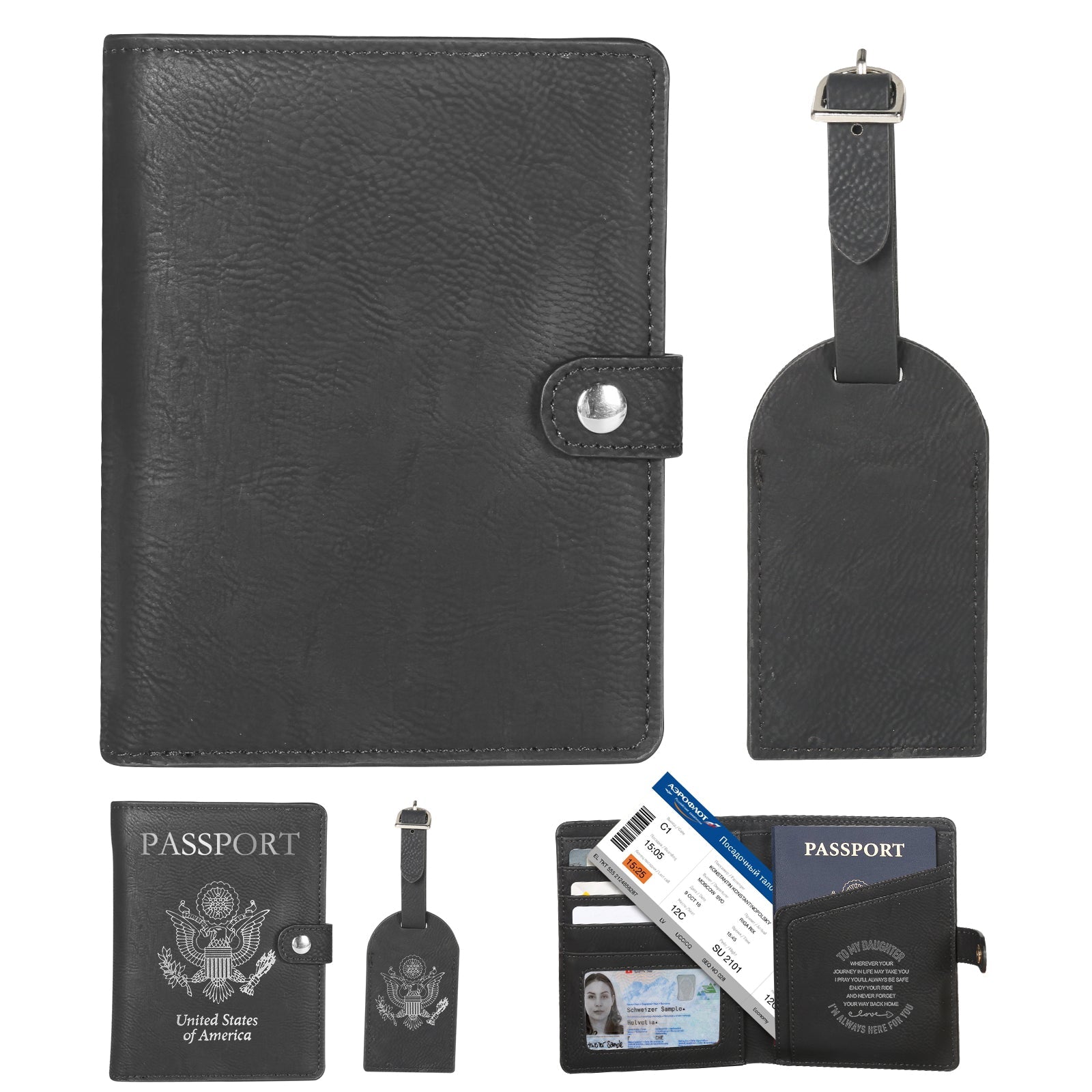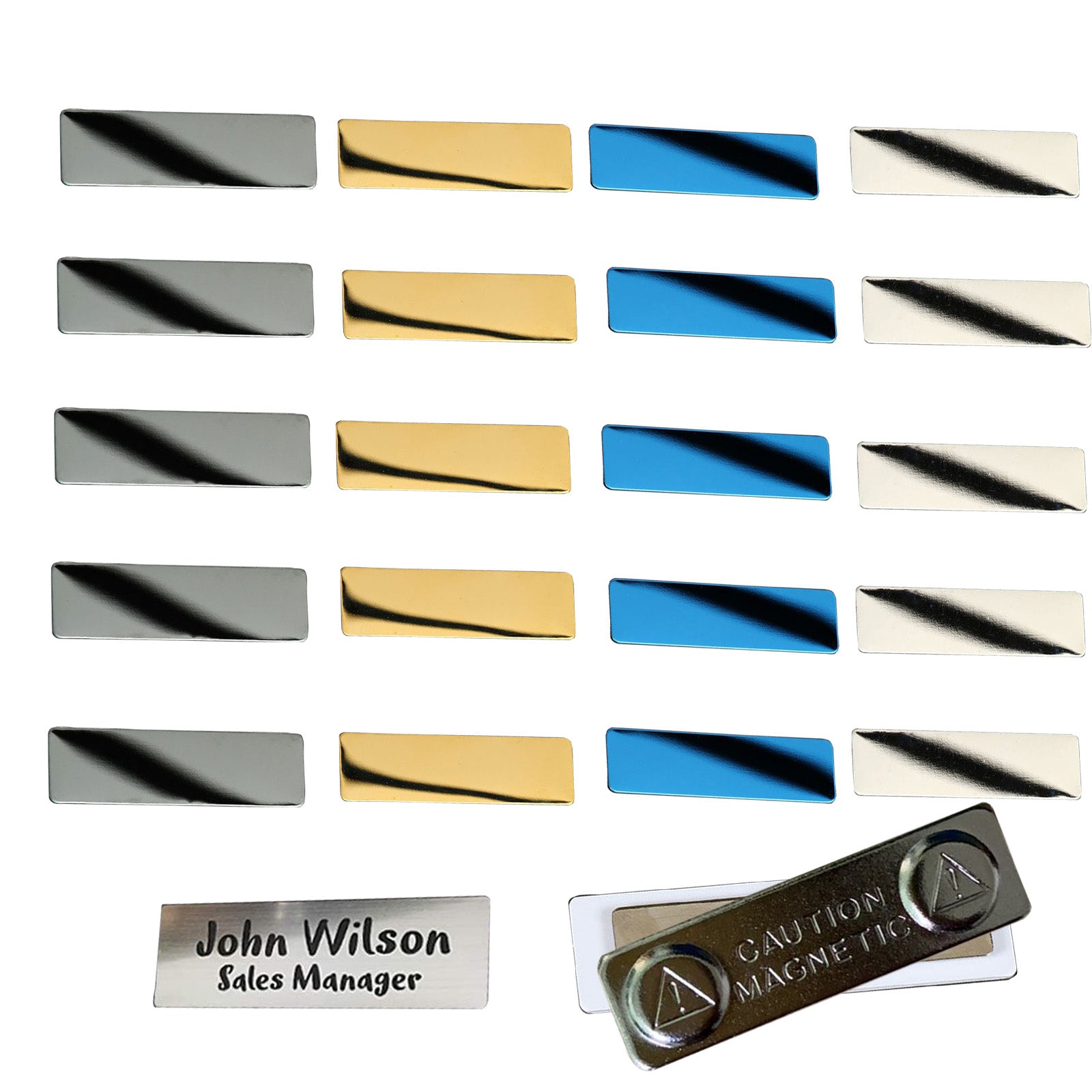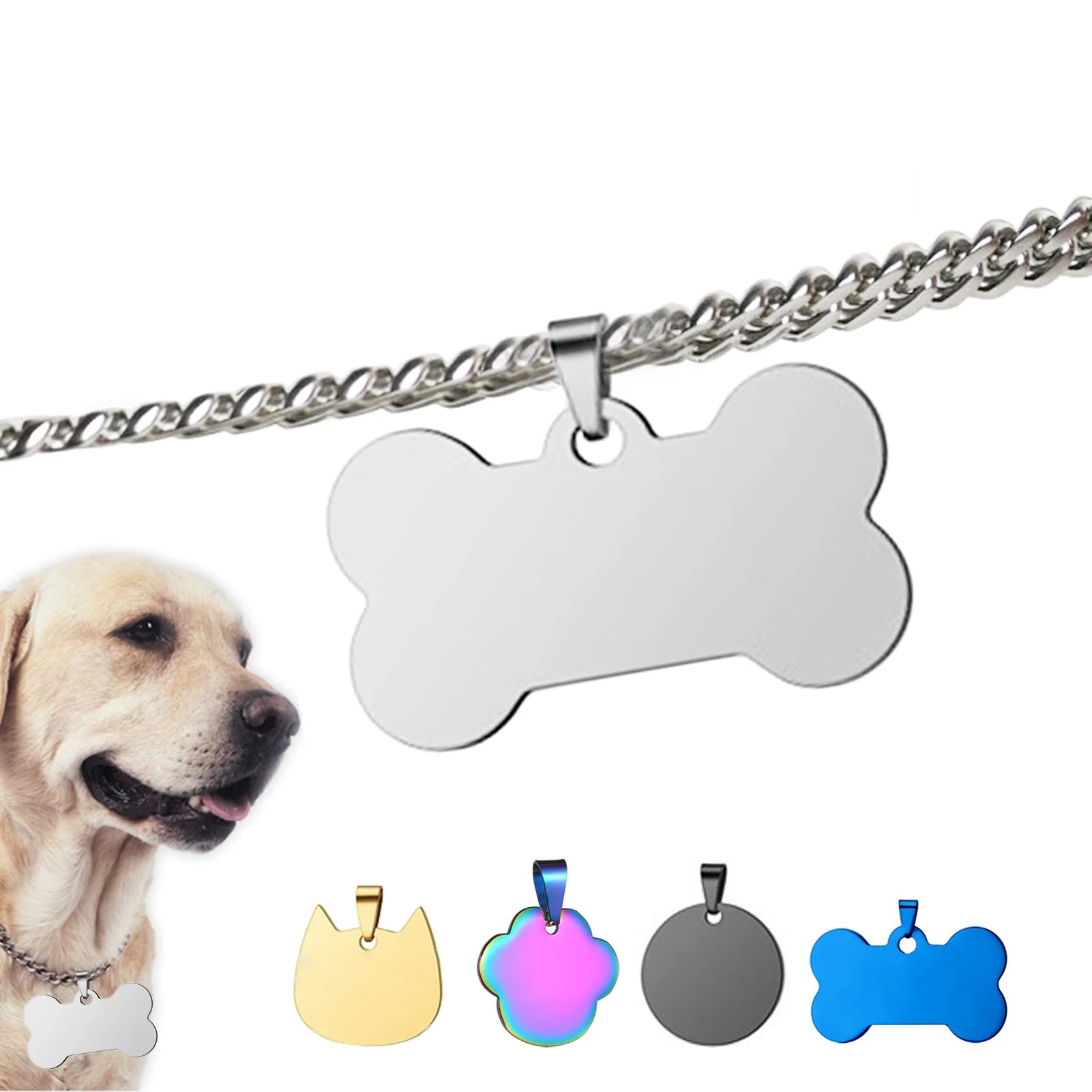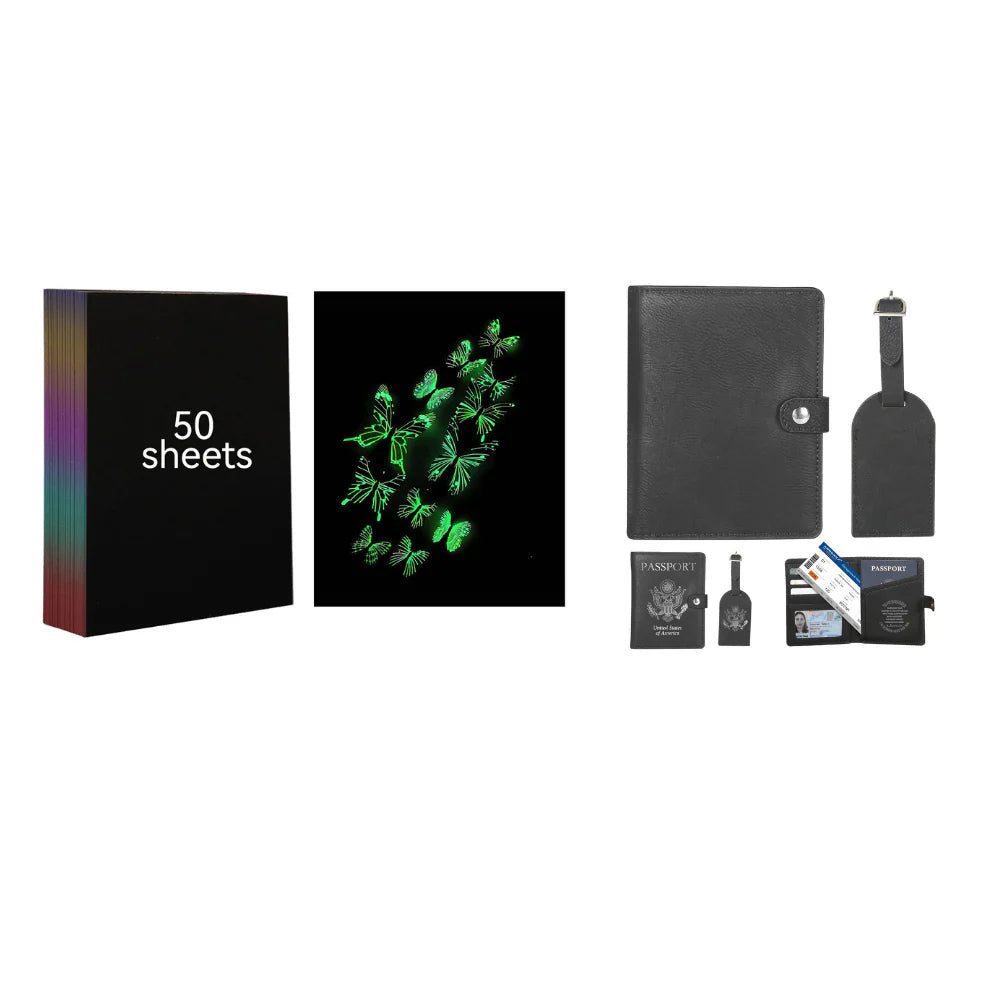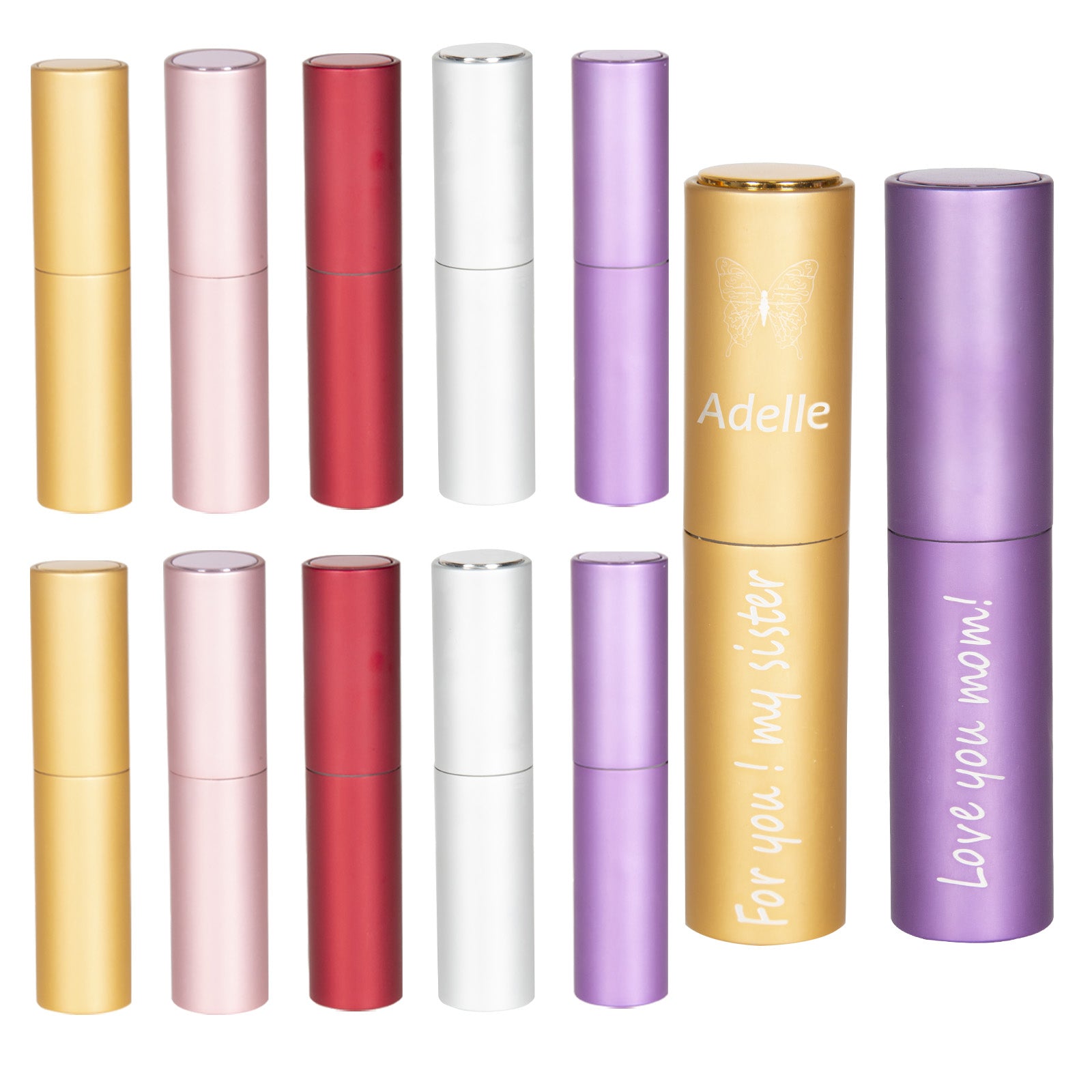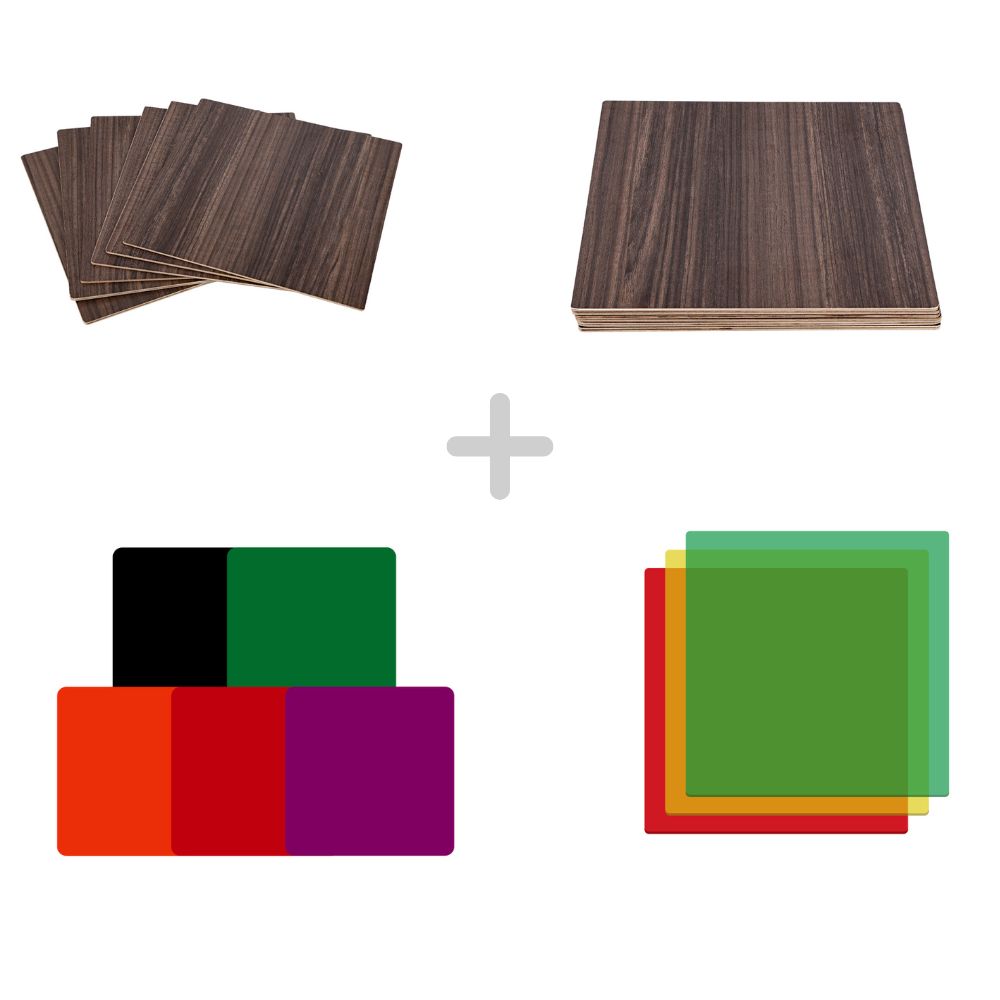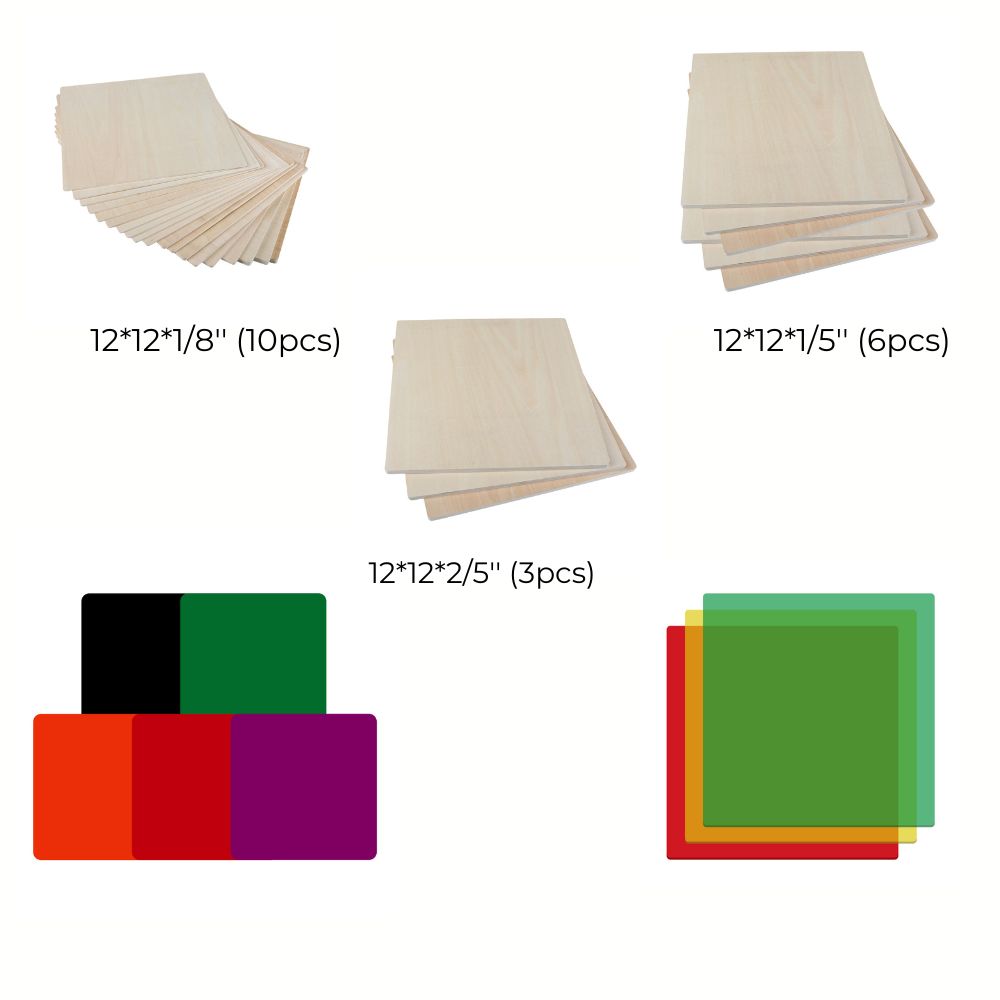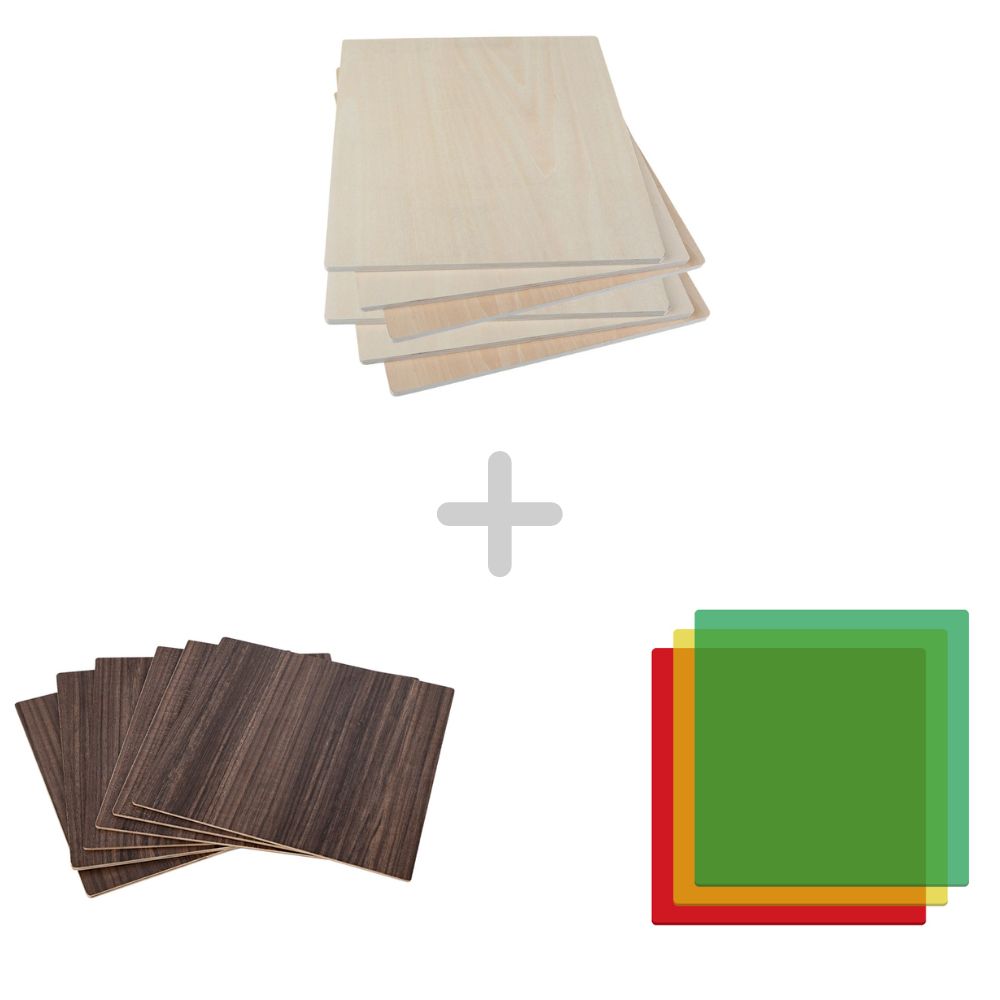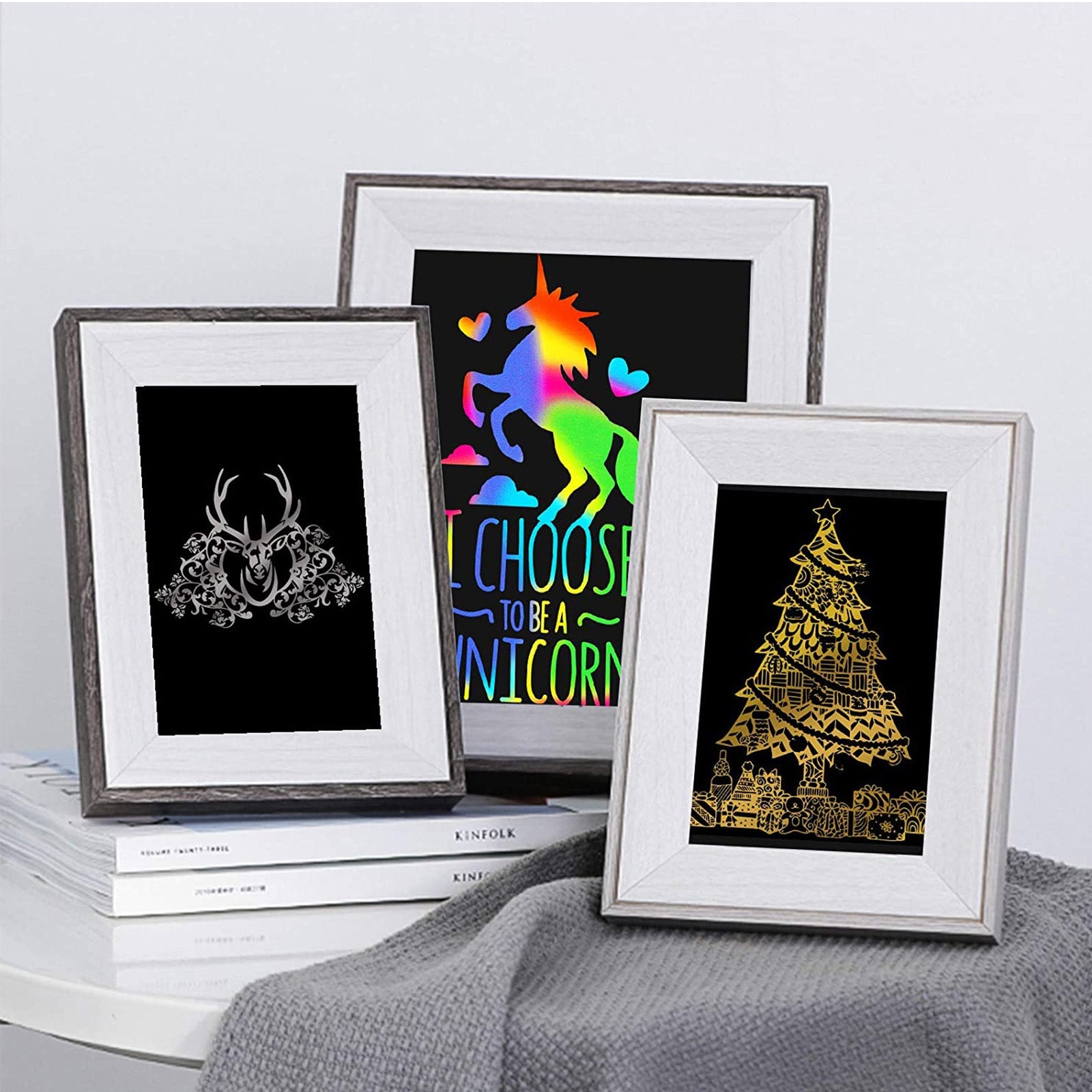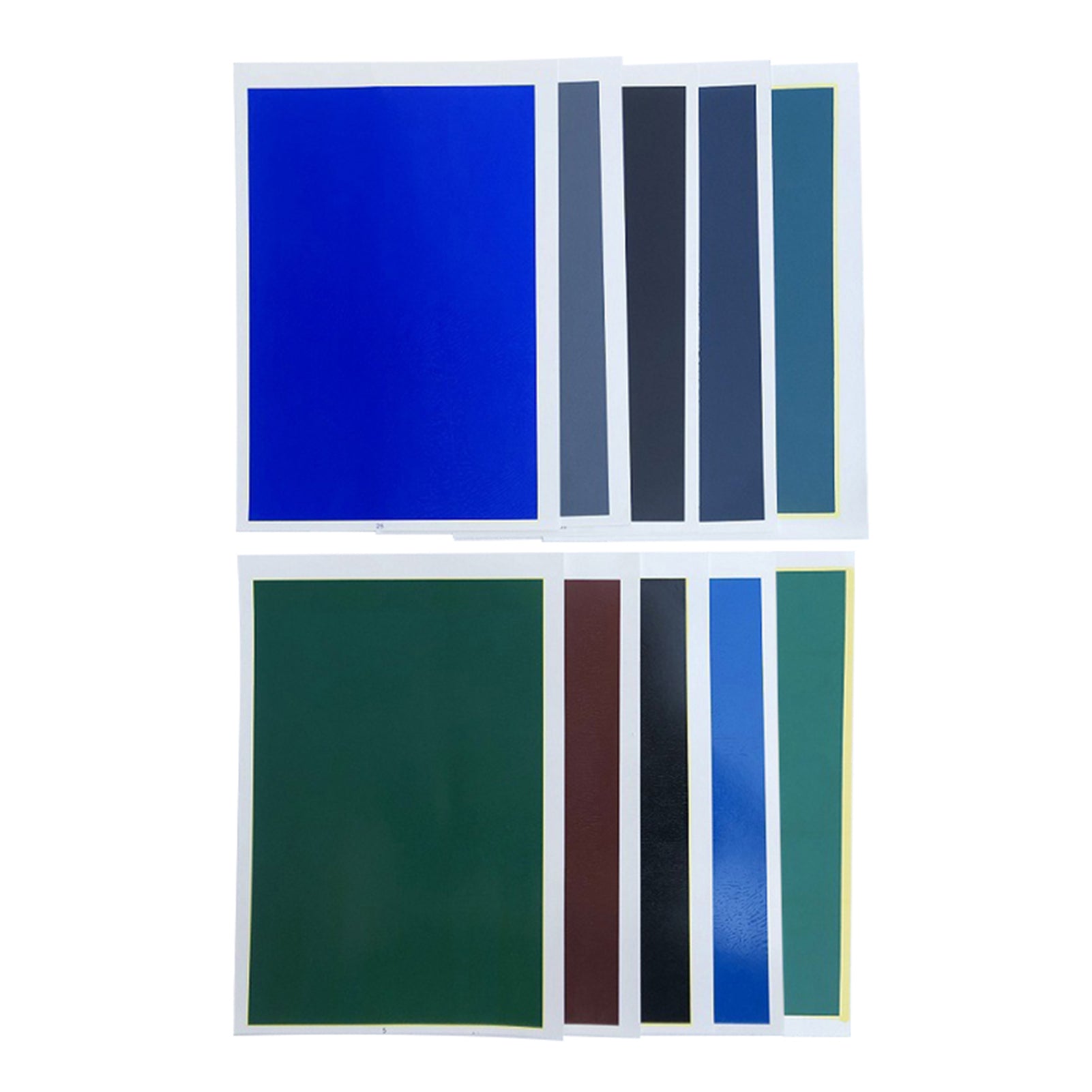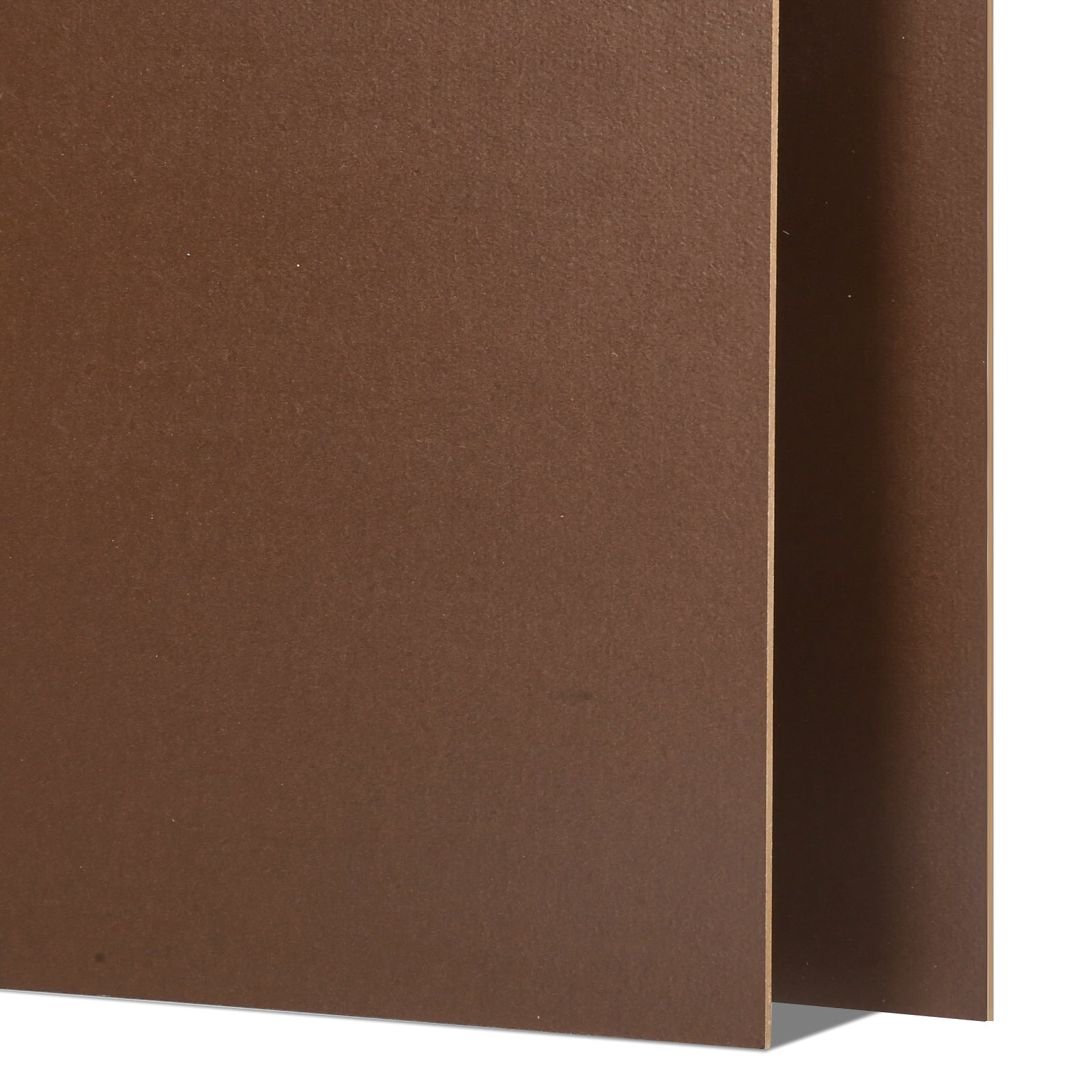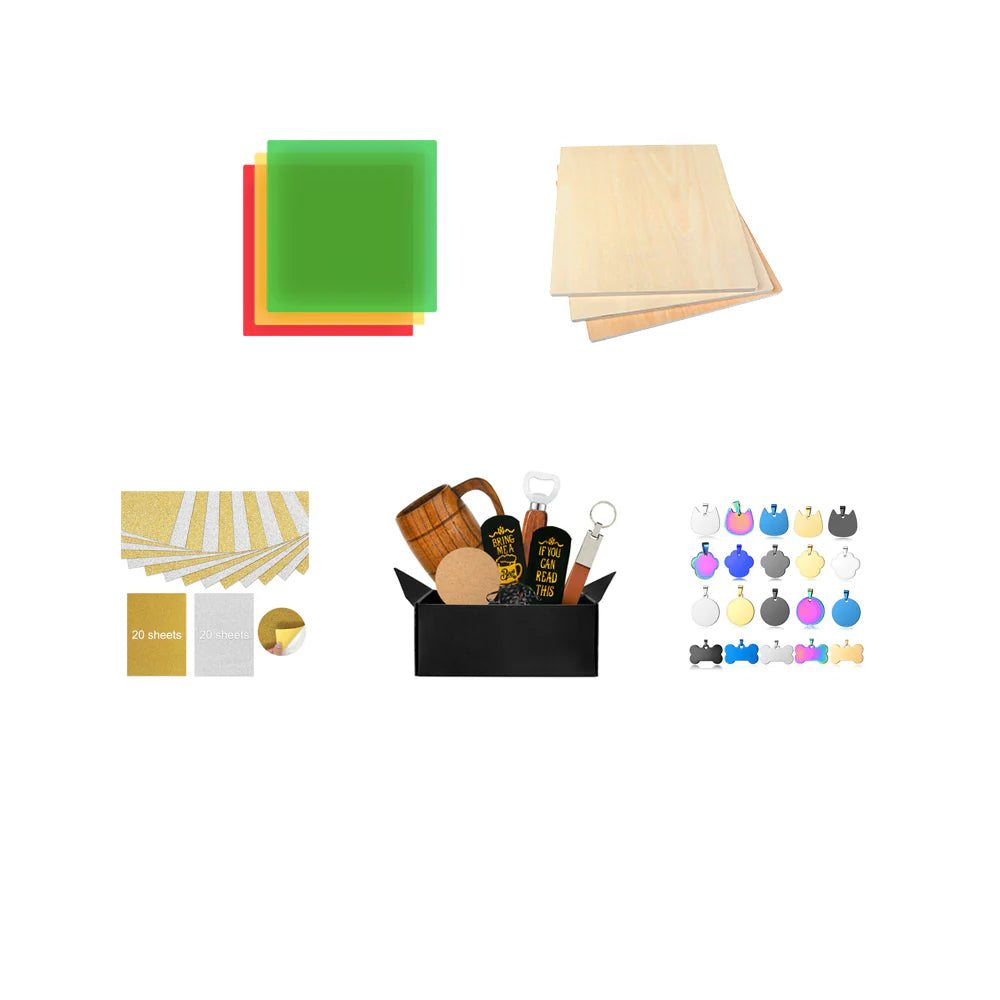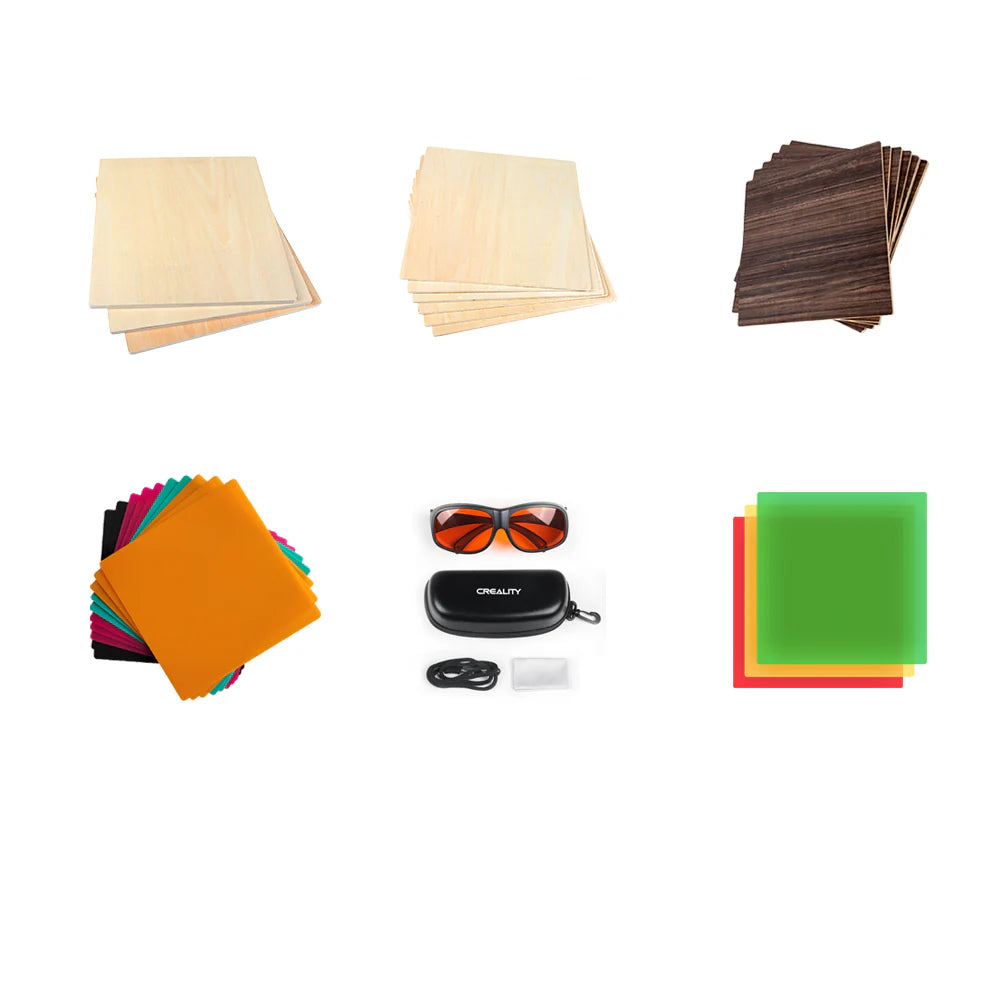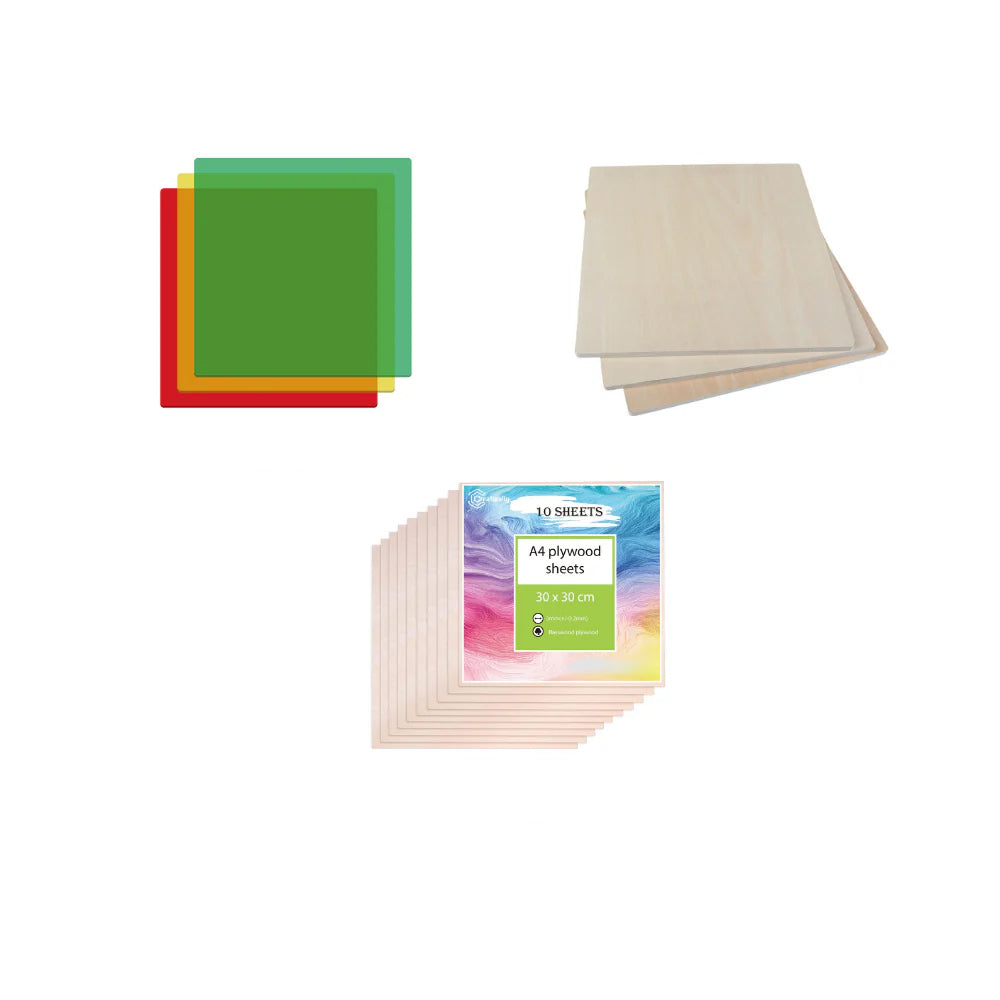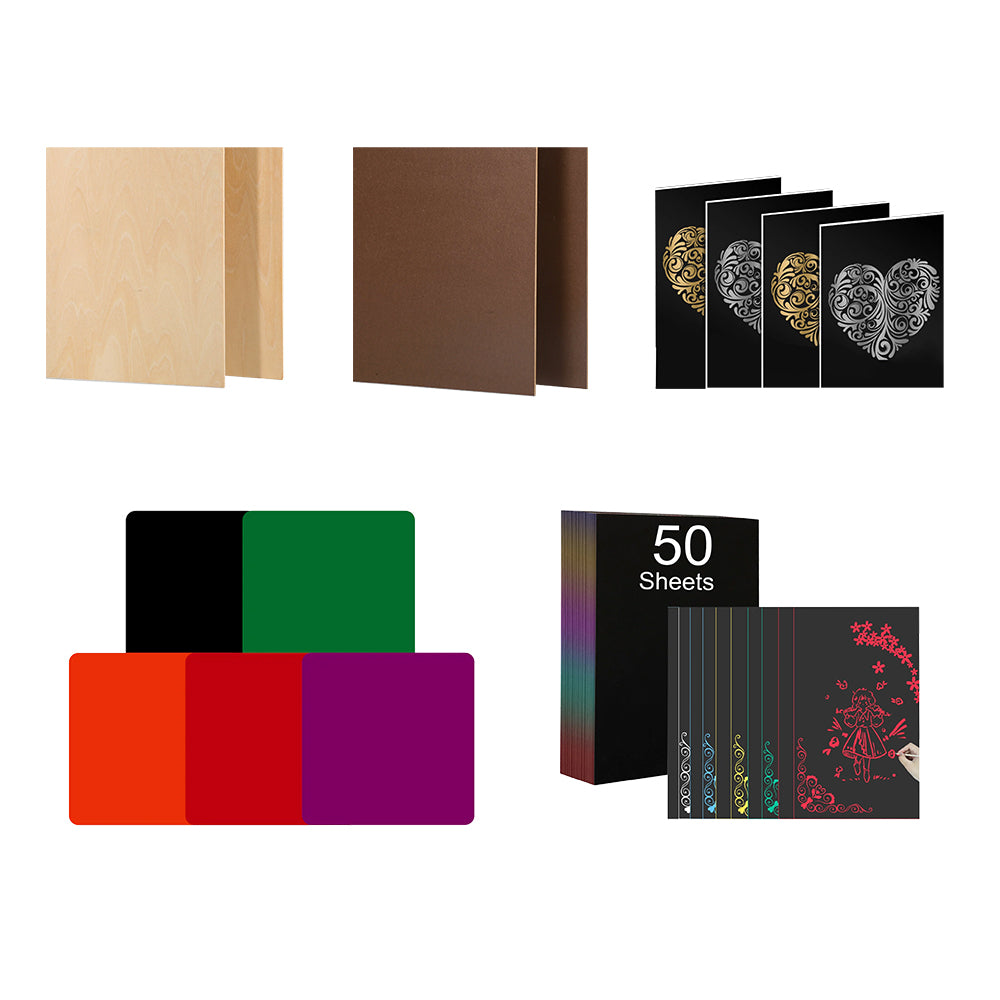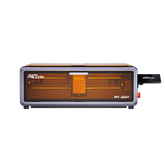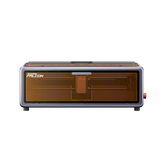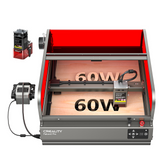If you’re exploring the world of laser engraving, one of the first questions you’ll face is: Which type of laser is right for me? The three main options are:
-
CO₂ lasers
-
Diode lasers
-
Fiber lasers
Each technology has unique strengths, limitations, and price points. Choosing the right one depends on your materials, budget, and intended use.
This guide breaks down the differences between CO₂, diode, and fiber lasers, so you can make an informed decision before investing.
1. How Each Laser Type Works
CO₂ Laser
-
Uses a gas mixture (CO₂, nitrogen, helium) excited by electricity.
-
Emits infrared light at 10,600 nm wavelength.
-
Strong absorption by organic materials like wood, acrylic, and leather.
Diode Laser
-
Uses semiconductor diodes to emit light, typically 450 nm blue.
-
Compact, affordable, and efficient for hobbyists and small businesses.
-
Some models (like Falcon A1 Pro 20W) also support additional IR modules (1064 nm) for metals and jewelry.
Fiber Laser
-
Uses optical fibers doped with rare-earth elements (like ytterbium).
-
Emits at 1064 nm, ideal for metals and plastics.
-
Extremely powerful and precise — but also the most expensive option.
2. Material Compatibility
| Material | CO₂ Laser | Diode Laser | Fiber Laser |
|---|---|---|---|
| Wood | ✅ Excellent | ✅ Very good | ❌ Not suitable |
| Acrylic (clear/colored) | ✅ Excellent | ✅ Only dark colors | ❌ Not suitable |
| Leather | ✅ Very good | ✅ Good | ❌ Limited |
| Glass | ✅ Possible (with coating) | ⚠️ Limited | ❌ Not ideal |
| Stone / Slate | ✅ Good | ✅ Good | ❌ Not common |
| Metals (bare) | ❌ Weak | ⚠️ Needs IR module | ✅ Excellent |
| Plastics (various) | ✅ Selective | ✅ Some types | ✅ Many types |
| Paper / Cardboard | ✅ Excellent | ✅ Excellent | ❌ Not typical |
👉 For most makers, DIY users, and small businesses, diode lasers offer the best balance of versatility and affordability.
3. Cutting Power and Speed
-
CO₂ Lasers → High power (40W–150W+), cut thick wood and acrylic easily.
-
Diode Lasers → Now available up to 40W optical output (e.g., Falcon2 Pro 40W). Great for most creative projects, up to ~20 mm wood with multiple passes.
-
Fiber Lasers → Extreme precision and power, used for industrial marking and engraving metals.
4. Size, Maintenance, and Ease of Use
-
CO₂: Large machines, require water cooling, mirrors, and regular alignment.
-
Diode: Compact, modular, minimal maintenance — perfect for home workshops.
-
Fiber: Industrial-grade, usually overkill for hobby use, with a steep learning curve.
5. Cost Comparison
| Laser Type | Typical Price Range | User Base |
|---|---|---|
| CO₂ | €1,500 – €5,000+ | Small businesses, pros |
| Diode | €300 – €2,000 | Hobbyists, startups, home users |
| Fiber | €5,000 – €20,000+ | Industrial, metalworking |
👉 Diode lasers are the most cost-effective option for anyone starting out.
6. Safety Considerations
-
CO₂: Enclosed systems, Class 1 safety rating, but larger footprint.
-
Diode: Available in enclosed designs with shields (e.g., Falcon2 Pro 40W) for home use.
-
Fiber: Safe when enclosed but requires professional environments.
7. Which Laser Should You Choose?
-
Choose CO₂ if: You need to cut thick acrylic, wood, or leather at high speed and can invest in a larger machine.
-
Choose Diode if: You want a budget-friendly, compact engraver that works on wood, acrylic, coated metals, leather, and more.
-
Choose Fiber if: You are an industrial business engraving metals at scale.
8. Where Diode Lasers Shine Today
Modern diode lasers have come a long way:
-
Compact yet powerful (up to 40W).
-
Optional IR modules extend compatibility to jewelry and metals.
-
Safer and easier for home setups compared to bulky CO₂ systems.
👉 For example, the Falcon A1 Pro 20W combines a 20W blue diode with optional 2W IR, covering more than 350+ materials.
Conclusion: The Right Laser for Your Goals
Each laser type has its place: CO₂ excels in organic materials, fiber dominates metal engraving, and diode lasers strike the perfect balance for makers and small businesses.
If you’re looking for an affordable, versatile, and safe way to start, explore the Creality Falcon collection — including the Falcon A1 Pro 20W and the Falcon2 Pro 40W for more demanding projects.











